
The Urban Trinity: AI + Blockchain + Digital Twins = Future City?
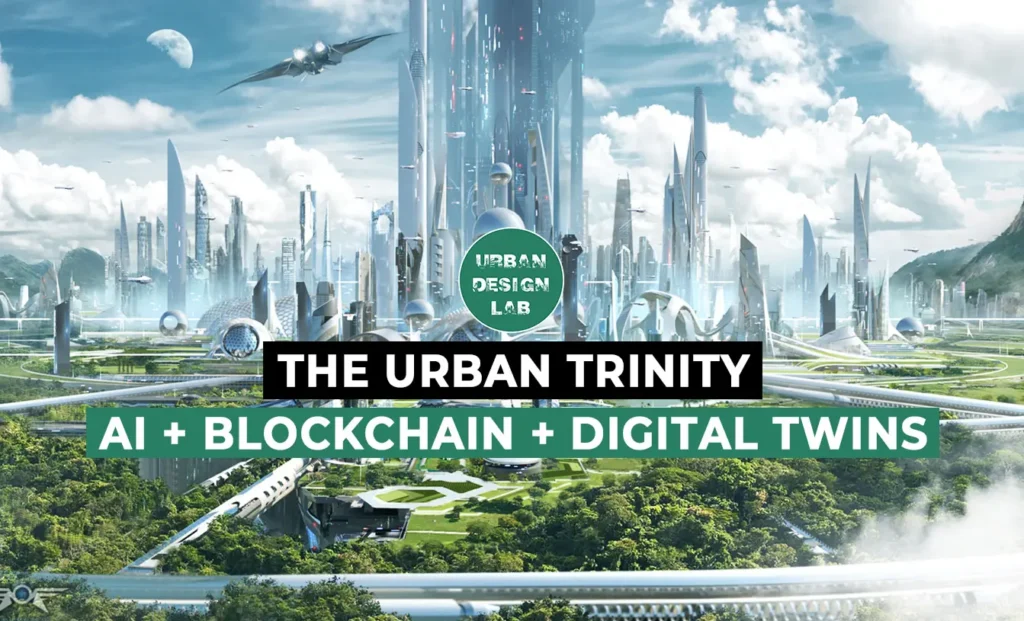
Rapid advances in digital technologies are reshaping urban design. This article examines the “Urban Trinity” of artificial intelligence (AI), blockchain, and digital twins, three pillars of the smart city future. This article explains how digital twins create real-time virtual models of city infrastructure for planning and resilience, while AI analyses massive urban data for traffic optimization, energy management, and predictive planning. Blockchain adds a layer of security and trust, enabling decentralized governance, peer-to-peer services, and immutable records. Crucially, these technologies amplify each other: for example, AI-driven analytics use the rich, sensor-fed data from digital twins, and blockchain can securely log that data to ensure provenance. This article highlights real-world examples: Singapore’s Virtual Singapore project, Dubai’s goal to be the first blockchain-powered city, and Helsinki’s open 3D city model for sustainable planning. Each case shows different facets of the trinity in action. It also discusses the potential and challenges of this integration, from more efficient, citizen-centred services to concerns about privacy and equity. By combining AI, blockchain, and digital twins, future cities aim to be more responsive, sustainable, and inclusive, turning the smart-city vision into reality. The references include the latest research and implementations of these converging technologies.
Converging Technologies for the Future City
Urban planners and technologists increasingly view AI, blockchain, and digital twins as interconnected components of a “smart city” toolbox. A digital twin is a dynamic virtual model of the city, continuously fed by real-time data from sensors, satellites, and IoT devices. AI applies machine learning and data analytics to interpret that flood of information, enabling predictive planning (e.g. forecasting traffic jams or energy use). Blockchain adds a secure, decentralized ledger layer for urban data and transactions, promising transparency and trust. Together, these three pillars empower cities to simulate, analyse, and optimize urban systems in new ways. As one expert notes, blockchain offers “new opportunities to create more economically, environmentally and socially sustainable communities” beyond cryptocurrency. For example, AI can leverage digital twin data to detect anomalies or optimize resources, while blockchain can ensure that smart-city data (like energy use or permits) is tamper-proof. By combining the urban trinity, city governments can pursue data-driven solutions that are both innovative and resilient. The following sections explore each technology and their interplay.

Digital Twins: Virtual City Models for Planning
Digital twins are high-fidelity, 3D and data-rich models of cities that mirror the real world. They integrate geographic information, building and infrastructure data, and live sensor feeds to create a “reusable virtual representation” of urban systems. This allows planners to construct scenarios and run “what if” simulations in a risk-free environment. For instance, Singapore’s Virtual Singapore project is a national-scale twin that captures building geometries, population movement, weather, and more. This platform enables visualization and simulation of infrastructure and environmental scenarios by combining models with real-time inputs. Similarly, Helsinki built an open 3D+ city model to address sustainability challenges. Helsinki’s digital twin supports solar-power analysis, flood risk mapping, noise modelling and other simulations to guide resilient planning. These examples illustrate how digital twins provide a holistic approach to smart-city development: they give planners deeper insights into city systems and help optimize resource use. Importantly, digital twins increasingly incorporate AI: advanced twins use machine learning to forecast infrastructure maintenance or dynamically optimize traffic flows using live data. In sum, digital twins make the city computable, a virtual lab for smarter urban design.
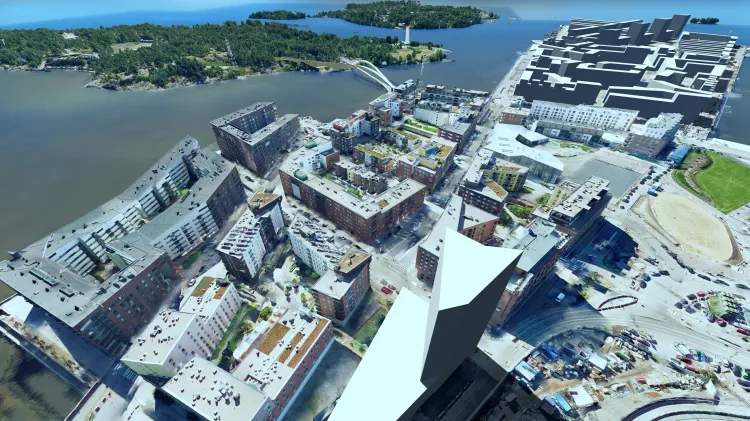
Source: Website Link
Artificial Intelligence: The City’s Brain
AI adds analytics and predictive power to city management. Machine learning algorithms process vast datasets from city sensors, cameras, and citizen inputs to optimize services. In transportation, for example, AI-driven signal networks adapt in real time: Los Angeles’s adaptive traffic system (ATSAC) continuously tunes 4,800+ signals based on sensor data, reducing delays by over 32% and cutting emissions. In California, AI and IoT projects are now piloting vision-based speed cameras and smart rerouting, paving the way for safer, more efficient traffic. Beyond traffic, AI powers smart energy grids, intelligent waste management, and building systems. It also enhances digital twins: AI can analyse twin-generated simulations to detect anomalies or suggest improvements, creating a feedback loop of learning. In essence, AI serves as the city’s brain, learning from real-time and historical data to make decisions. For planners, this means moving from reactive to proactive management: cities can pre-empt congestion, allocate resources intelligently, and even engage citizens through AI-driven platforms. Nonetheless, experts caution that AI models depend on quality data and must be monitored for bias. Overall, when fed by digital twin data and deployed on blockchain-secured networks, urban AI promises more efficient, responsive city operations.

Blockchain: Secure Infrastructure and Governance
Blockchain provides a secure, decentralized platform for urban data and transactions. By recording information in immutable ledgers, blockchain enhances trust in city systems. One key use is decentralized governance. In cities, this could mean giving residents direct say in local policies via secure, verifiable mechanisms. Another area is peer-to-peer resource sharing. For example, NYC’s transactive grid pilot uses blockchain to let neighbours buy and sell solar power cleanly. Blockchain also tackles urban bureaucracy: registering deeds, permits, or licenses on a blockchain can eliminate paperwork, speed up processes, and prevent fraud. Dubai’s ambitious blockchain strategy aims to make it the first city fully powered by blockchain, embedding it in government services to improve efficiency and security. In this vision, every city record is chained cryptographically, making the network tamper-proof. Moreover, smart contracts on a blockchain can automate routine urban processes, reducing errors. Blockchain underpins the smart city with a single source of truth, breaking down silos between departments and ensuring data integrity. As one analysis notes, this shifts power toward a community of people sharing a rulebook, rather than centralized authorities. By making public services transparent and interconnected, blockchain is poised to become a foundational layer of future cities.
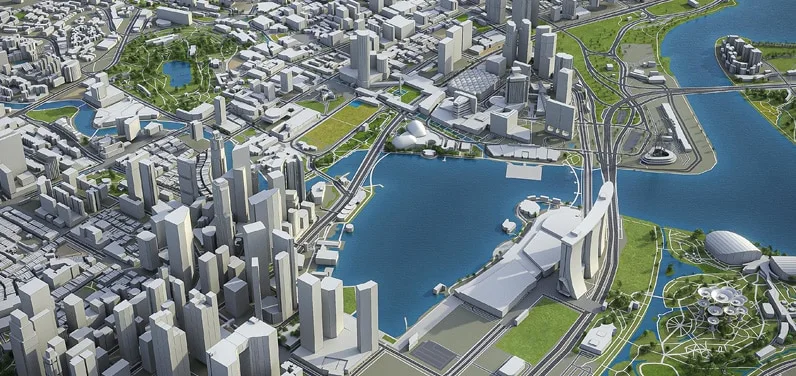
The Power of Three: Integrating AI, Blockchain, and Digital Twins
Individually powerful, AI, blockchain, and digital twins truly shine when integrated. In combination, they enable new applications that none could achieve alone. For example, consider urban sustainability metrics: IoT sensors might feed real-time energy and emissions data into a blockchain to ensure provenance, while a digital twin visualizes the city’s carbon footprint. Planners could then simulate decarbonization scenarios on the digital twin, knowing that the base data are verifiably accurate. This creates a trusted, transparent “metric ecosystem” for decision-making. In practice, such integration means every sensor reading and prediction can be audited and trusted. Similarly, AI algorithms analysing traffic or water usage can use data timestamped on a blockchain for trust, and their outputs can be validated against digital twin simulations.
A study on future cities notes this synergy: blockchain secures data provenance, smart contracts automate validation, and the digital twin provides an interactive environment for “robust scenario analysis”. In essence, AI fuels the insights, digital twins provide the laboratory, and blockchain builds the credentialed foundation. This triad is already being piloted in smart grid management and environmental monitoring, suggesting a future where cities manage complex systems (energy, waste, mobility) through a unified, intelligent, and secure framework.
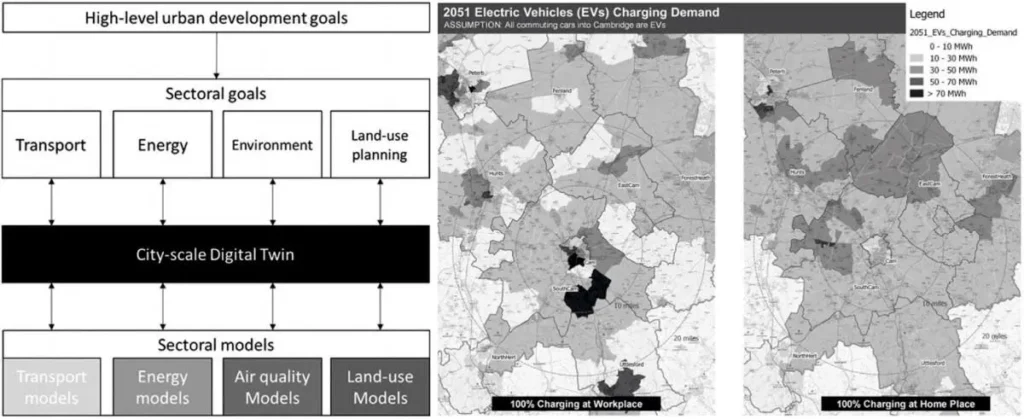
Case Study – Virtual Singapore: A Nation’s Digital Twin
Singapore’s Virtual Singapore is often cited as the world’s first city-scale digital twin. Launched as an open data platform, it integrates 3D models of all buildings with real-time sensor feeds on traffic, weather, and energy. Crucially, the project plans to layer in AI analytics and IoT networks. Urban planners use Virtual Singapore to simulate infrastructure changes (like new transit lines), disaster response, and even pedestrian flows during mass events. For example, by combining the digital twin’s visualization with AI-driven predictive models, officials can test flood mitigation strategies or optimize building energy usage across neighborhoods.
The Singapore government explicitly aims to continually update the twin with new data and advanced tech (AI, IoT). This case shows how a digital twin becomes a living laboratory: everything from air quality sensors to population heatmaps can feed the model, and results guide policy. Virtual Singapore exemplifies the trinity in action, the twin (city model), AI (data analytics), and secure cloud infrastructure (initially not blockchain, but moving towards robust data governance), working together to make urban planning smarter and more responsive. As researchers note, such a system provides valuable insights for optimizing urban management.
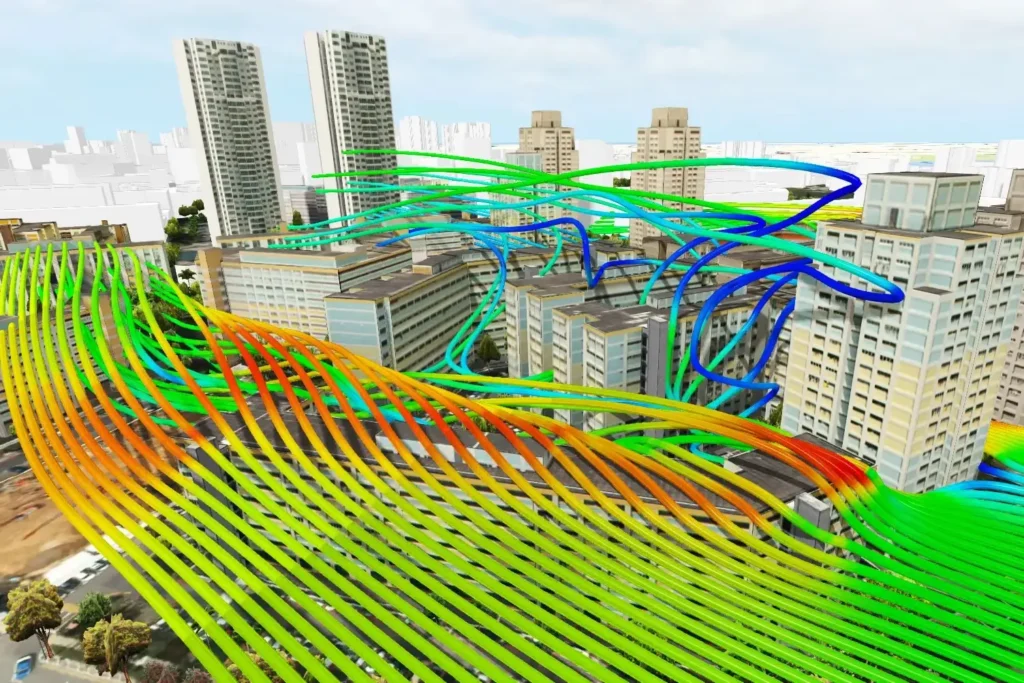
Case Study – Dubai: Blockchain-Driven Smart Government
Dubai is pursuing an aggressive smart city agenda, led by its blockchain strategy. The emirate announced it would become the “first city fully powered by blockchain”. In practice, Dubai is registering everything from property titles to vehicle registrations on distributed ledgers. This drives government efficiency: contracts and permits are processed in minutes rather than weeks. For citizens, blockchain enables new services like instant visa processing and seamless identity verification across agencies.
Dubai also explores blockchain for energy trading and mobility: smart contracts could allow residents to monetize rooftop solar or pay for parking via a shared ledger. The Smart Dubai Office even envisions a future where financial transactions (fees, taxes) happen transparently on-chain. This ambition is supported by international partnerships and pilot programs in logistics and IoT. In sum, Dubai’s model showcases blockchain’s role in a future city: as a secure backbone that connects all systems. Combined with AI tools for data analysis and (future) digital-twin simulations of city operations, Dubai aims to create a seamless, trusted platform for its urban services. By making the city’s records and processes open and immutable, Dubai’s blockchain drive underpins every aspect of its smart city vision.

Case Study – Helsinki: City-Scale Digital Twin for Sustainability
Helsinki’s 3D+ project illustrates digital twins’ power for green planning. Faced with urban growth and climate goals (carbon neutrality by 2035), Helsinki created a 3D model of the entire city as open data. This digital twin integrates detailed terrain, building, and utility maps. Planners use it to test sustainable designs: for instance, simulating how new shading or glass facades affect neighbourhood solar access, or modelling flood impacts on roads. The Helsinki twin supports diverse analyses, assessing noise pollution, mapping wind flow, and even optimizing street lighting. Importantly, this data platform is open to researchers and developers, fostering AI-driven innovation on top of it. The Helsinki case shows how a twin can be a decision-support tool: city officials report that the 3D+ model provides deeper insight into urban systems and engages citizens and developers in planning.
In effect, Helsinki’s digital twin is a foundation for data-driven policy. While Helsinki has not focused on blockchain per se, the same principles apply: secure data provenance would enhance trust in the twin’s inputs. This example underscores the trinity: a high-resolution digital twin, AI-enabled analytics, and potential blockchain governance together make Helsinki a testbed for resilient, smart urban design.
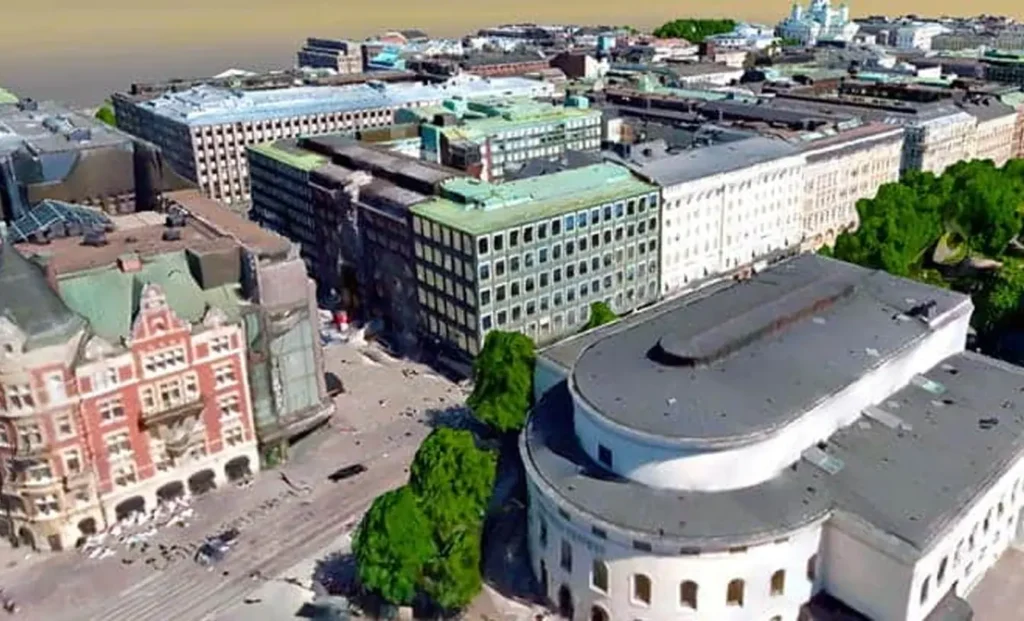
-1
-1
Conclusion
AI, blockchain, and digital twins form a powerful trio for shaping future cities. Each technology addresses a different need, insight, trust, and virtual experimentation – but their real impact comes from integration. As case studies from Singapore, Dubai, and Helsinki illustrate, combining real-time data, AI-driven modeling, and secure ledgers enables cities to plan adaptively, operate efficiently, and involve citizens in new ways. Yet this vision demands thoughtful implementation: urban leaders must ensure equitable access to technology, protect privacy, and guard against algorithmic biases. When implemented responsibly, however, the Urban Trinity can help cities become more sustainable, resilient, and inclusive. By treating the city as a data-rich organism and applying AI and blockchain to understand and manage it, we edge closer to a future where technology elevates every aspect of urban life, from everyday services to long-term climate strategy.
References
Sources include academic and industry research, government strategies, and expert analyses:
- Batty, M. (2018). Digital twins. Environment and Planning B: Urban Analytics and City Science, 45(5), 817–820. https://doi.org/10.1177/2399808318796416
- White & Case. (2022, March 14). Blockchain and the built environment. https://www.whitecase.com/insight-our-thinking/blockchain-and-built-environment
- Allam, Z., & Dhunny, Z. A. (2019). On big data, artificial intelligence and smart cities. Cities, 89, 80–91. https://doi.org/10.1016/j.cities.2019.01.032
- IEREK. (n.d.). AI-powered smart cities and the future of urban planning. https://www.ierek.com/news/ai-powered-smart-cities-and-the-future-of-urban-planning
- MEP Middle East. (2023, February 10). Blockchain in smart cities: Unlocking interoperability and trust. https://www.mepmiddleeast.com/opinion/blockchain-in-smart-cities-unlocking-interoperability-and-trust
- DeVoe Moore Center. (2022, March 29). Dubai: Leading smart cities. https://devoelmoorecenter.com/2022/03/29/dubai-leading-smart-cities/
- Esri. (2023, April 12). Using a digital twin to transform urban planning in Boston. https://www.esri.com/about/newsroom/arcnews/using-a-digital-twin-to-transform-urban-planning-in-boston/
- European Commission. (2020). Ethics guidelines for trustworthy AI. https://ec.europa.eu/futurium/en/ai-alliance-consultation/guidelines
- United Nations. (2022). Smart cities and infrastructure. https://sdgs.un.org/topics/smart-cities-and-infrastructure
- SmartCitiesWorld. (2023, July 20). Digital twins to drive smart city efficiency. https://www.smartcitiesworld.net/news/news/digital-twins-to-drive-smart-city-efficiency-7973

Shivani Patil
About the author
Shivani Patil is an architecture graduate from India and a postgraduate in Urban Design from the United Kingdom. With a strong academic foundation and a keen interest in sustainable and inclusive urbanism, she explores the intersections of design, planning, and community-driven development. Her work reflects a passion for resilient cities, innovative public spaces, and participatory design strategies. Shivani is particularly drawn to how emerging technologies and ecological approaches can reshape urban futures. Through this internship, she aims to contribute meaningfully to the discourse on equitable and future-ready urban environments.
Related articles


Architecture Professional Degree Delisting: Explained
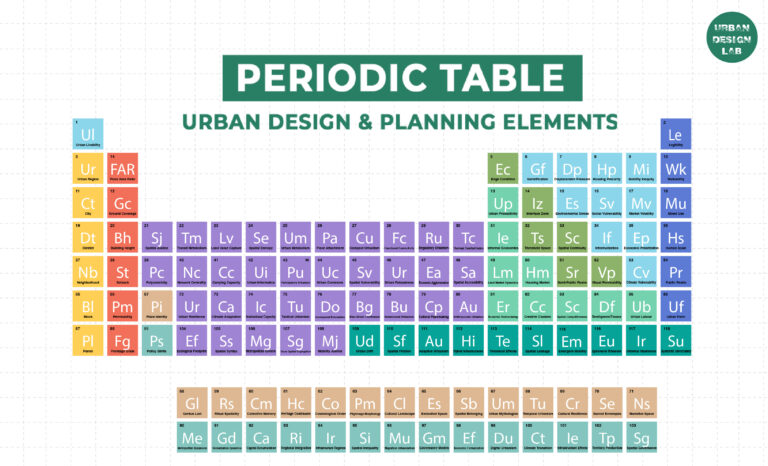
Periodic Table for Urban Design and Planning Elements
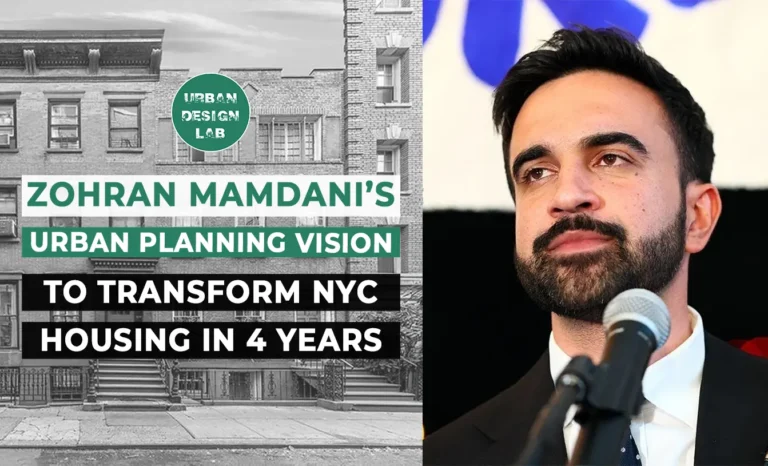
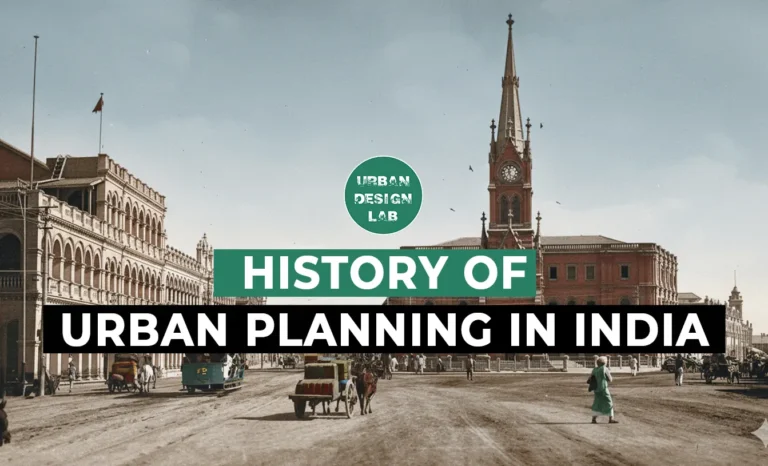
History of Urban Planning in India
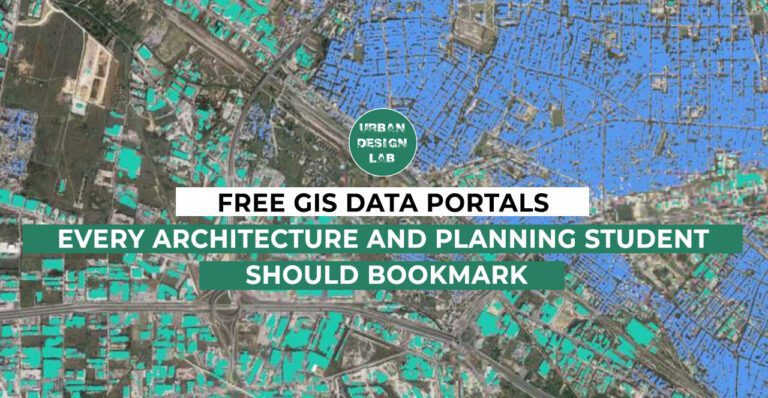
UDL GIS
Masterclass
Gis Made Easy- Learn to Map, Analyse and Transform Urban Futures
Session Dates
15th-19th December 2025

Urban Design Lab
Be the part of our Network
Stay updated on workshops, design tools, and calls for collaboration
Curating the best graduate thesis project globally!
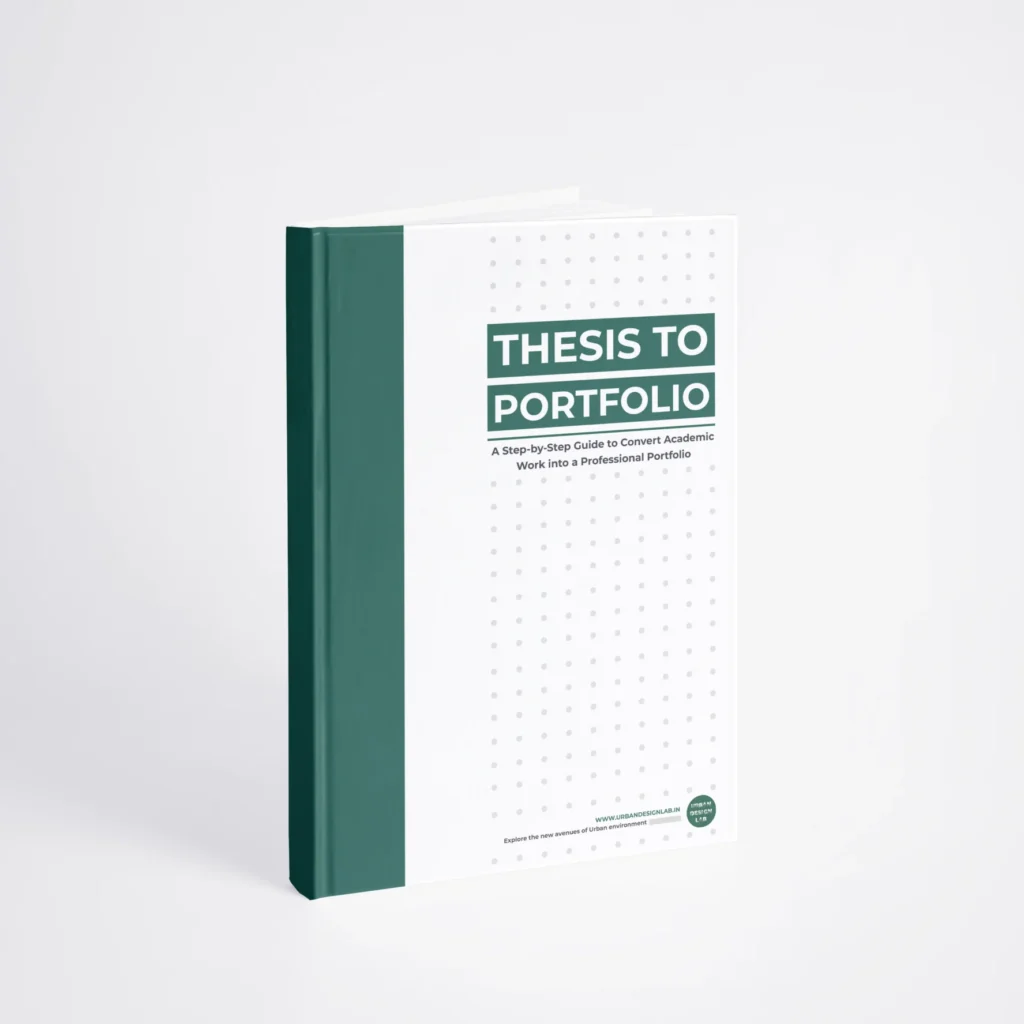
Free E-Book
From thesis to Portfolio
A Guide to Convert Academic Work into a Professional Portfolio”
Recent Posts
- Article Posted:
- Article Posted:
- Article Posted:
- Article Posted:
- Article Posted:
- Article Posted:
- Article Posted:
- Article Posted:
- Article Posted:
- Article Posted:
- Article Posted:
Sign up for our Newsletter
“Let’s explore the new avenues of Urban environment together “
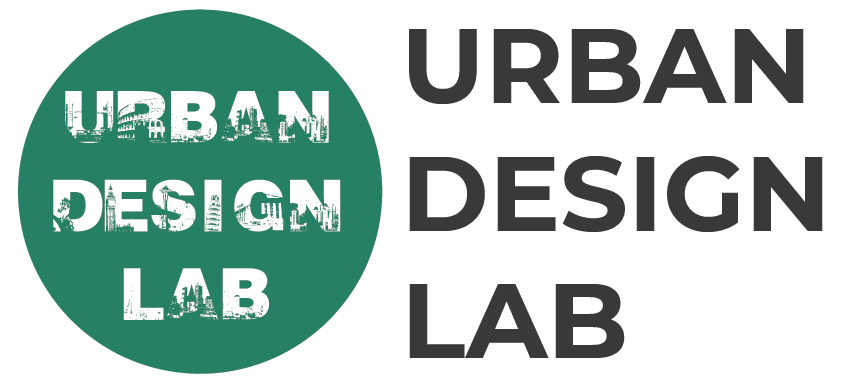
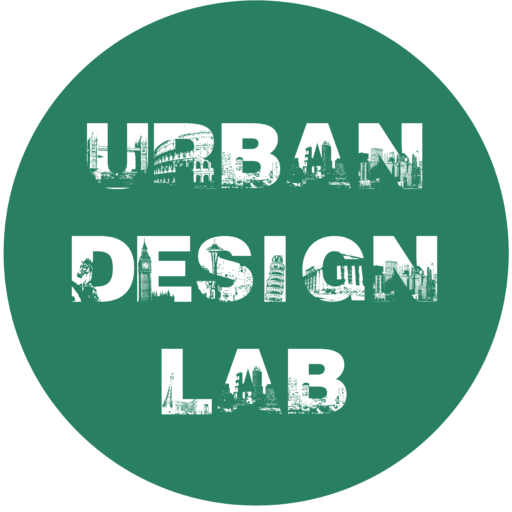

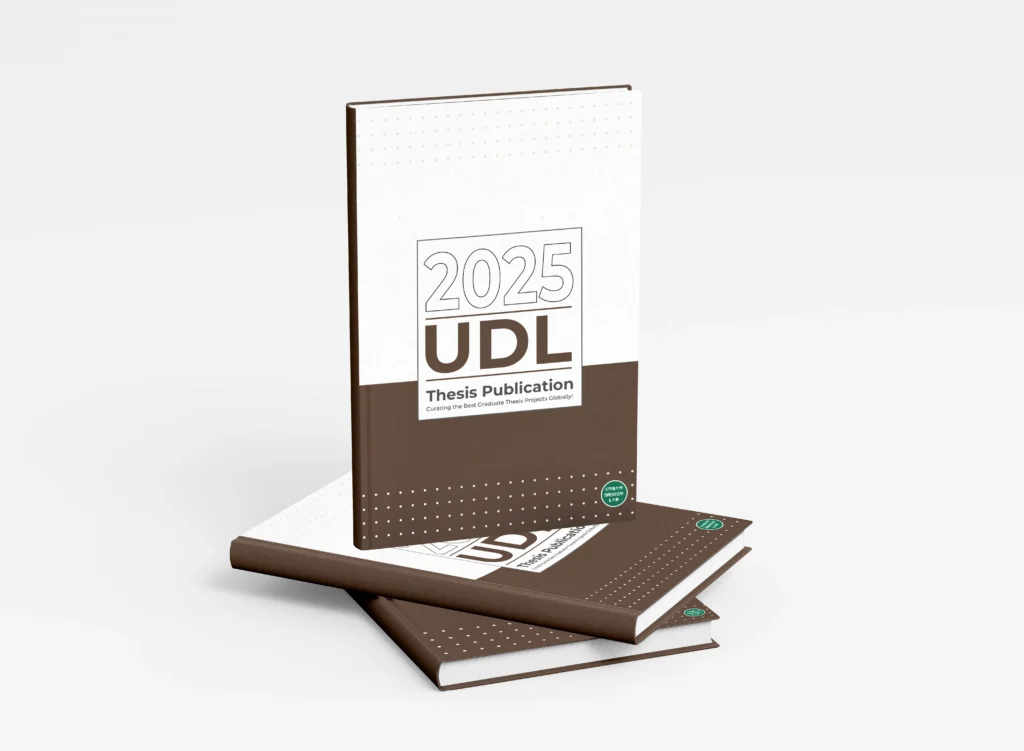
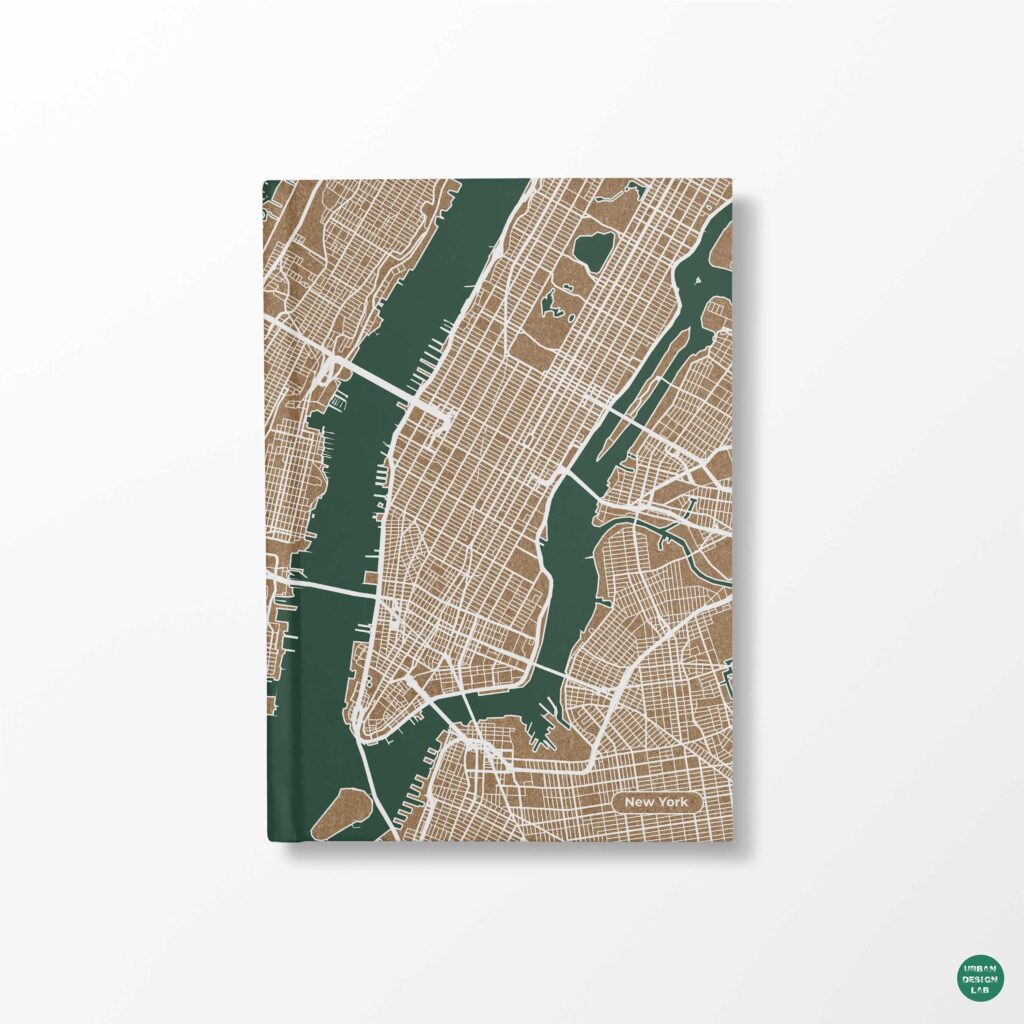
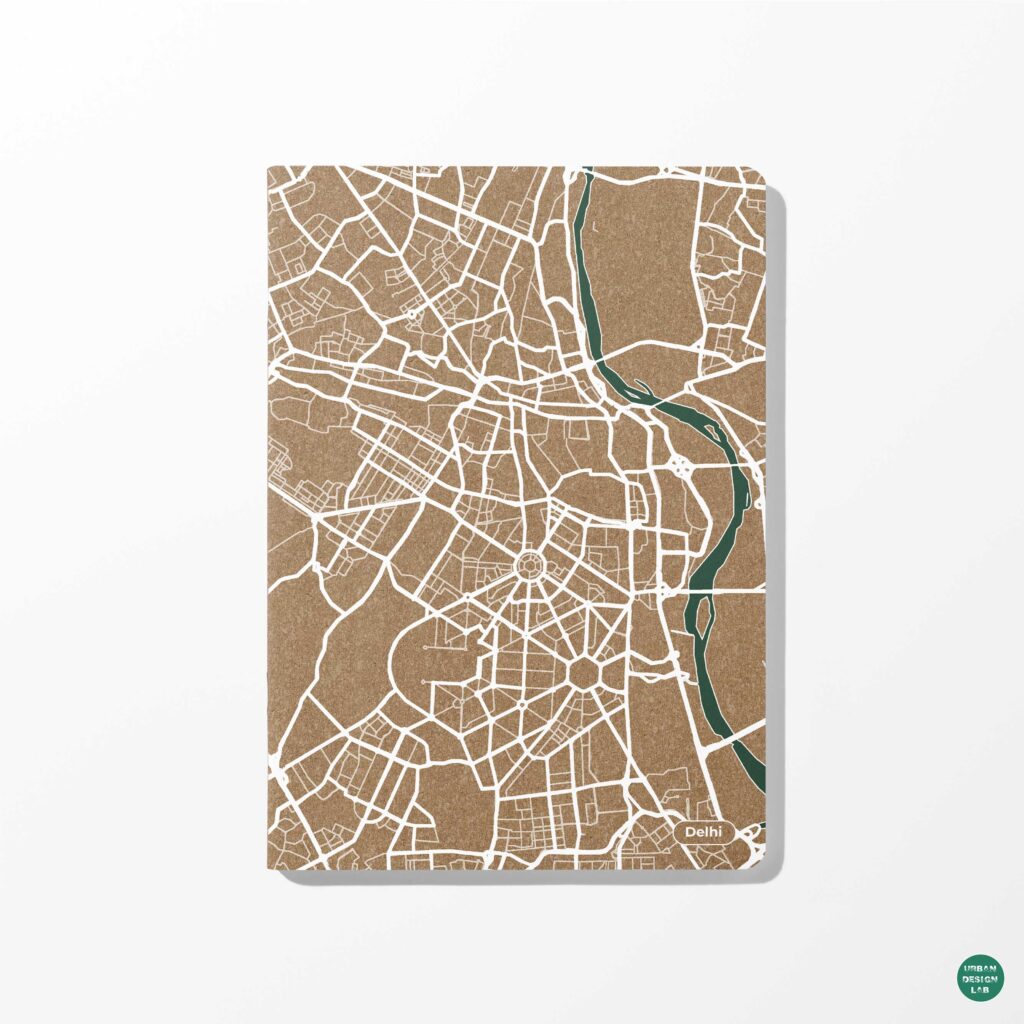
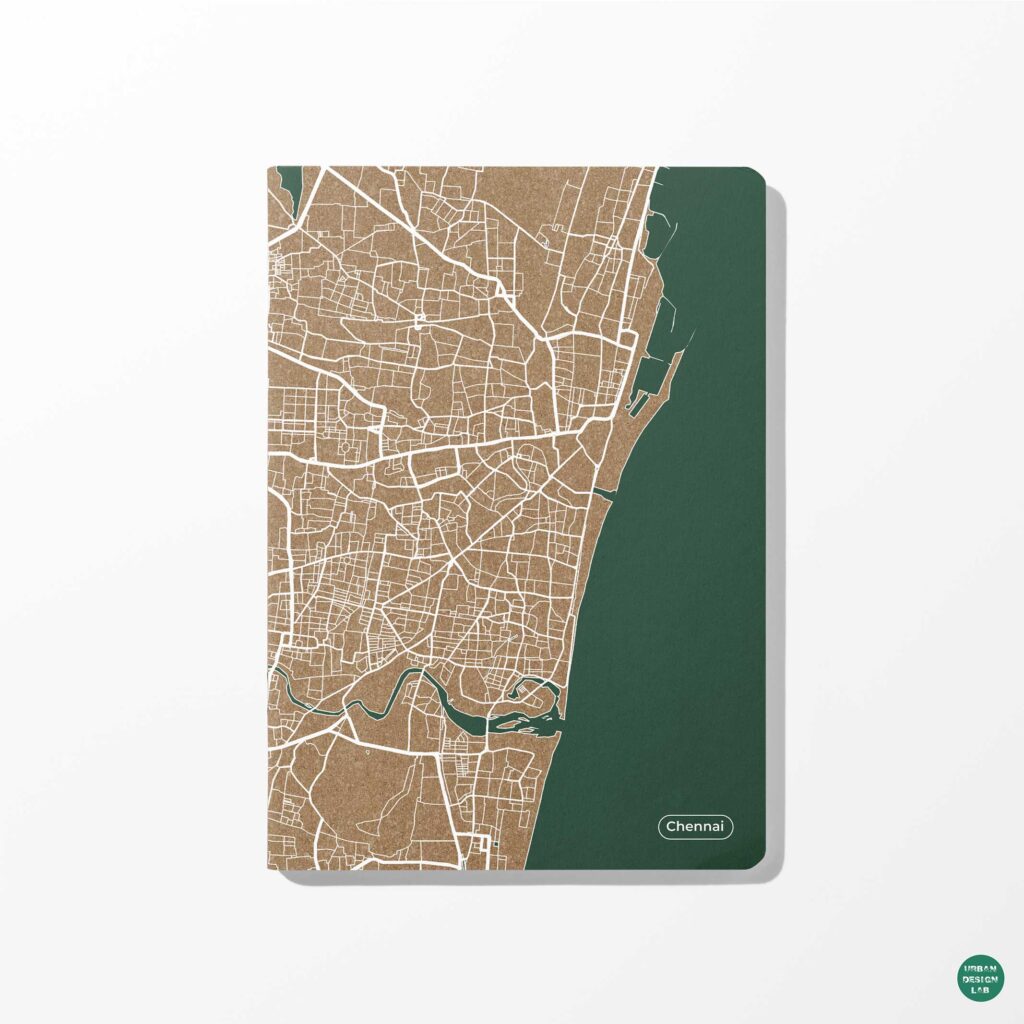
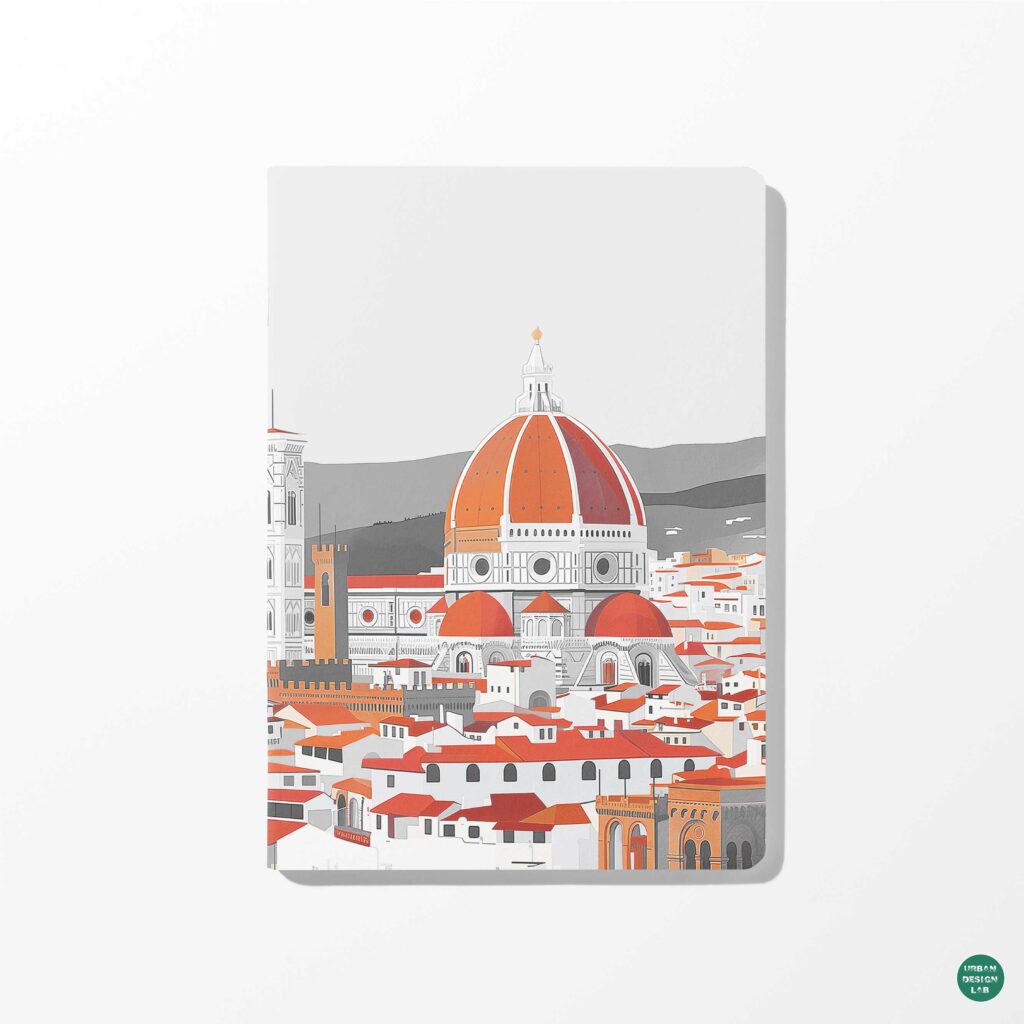
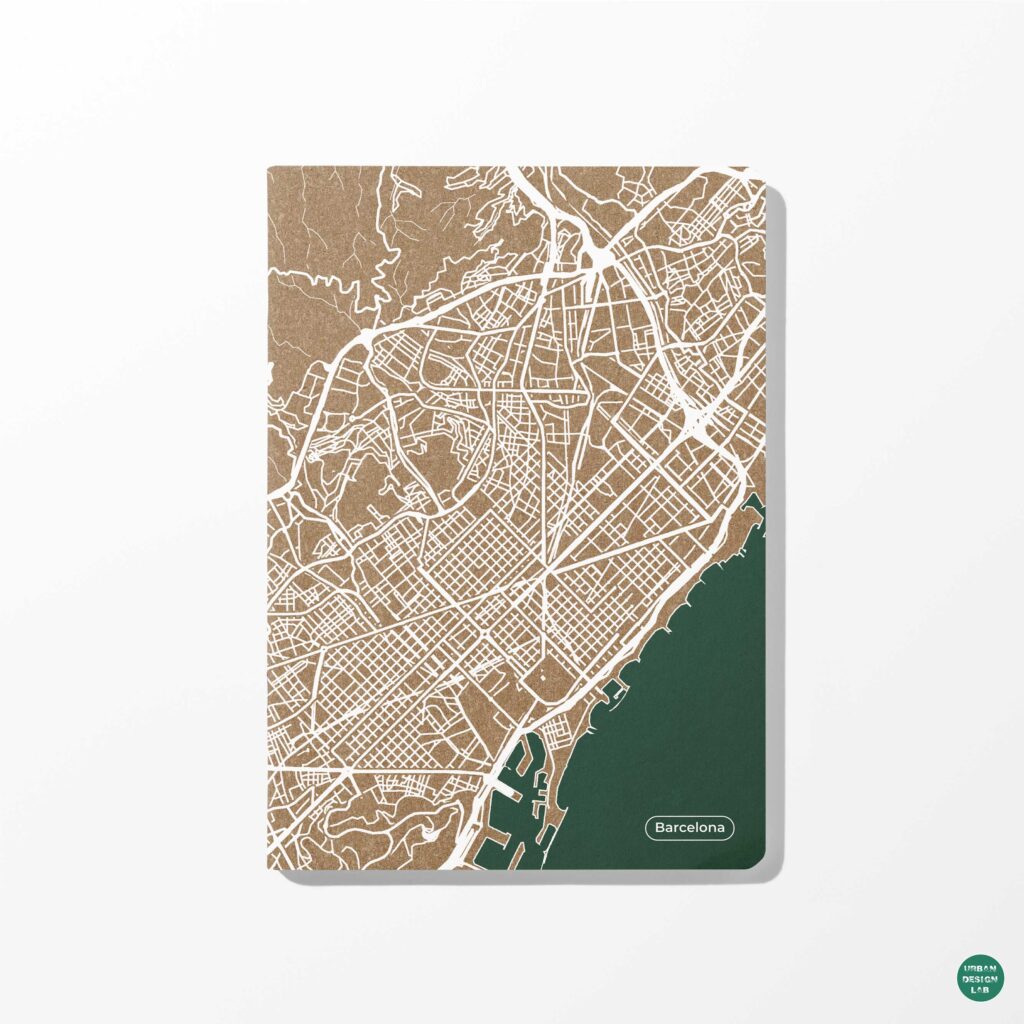
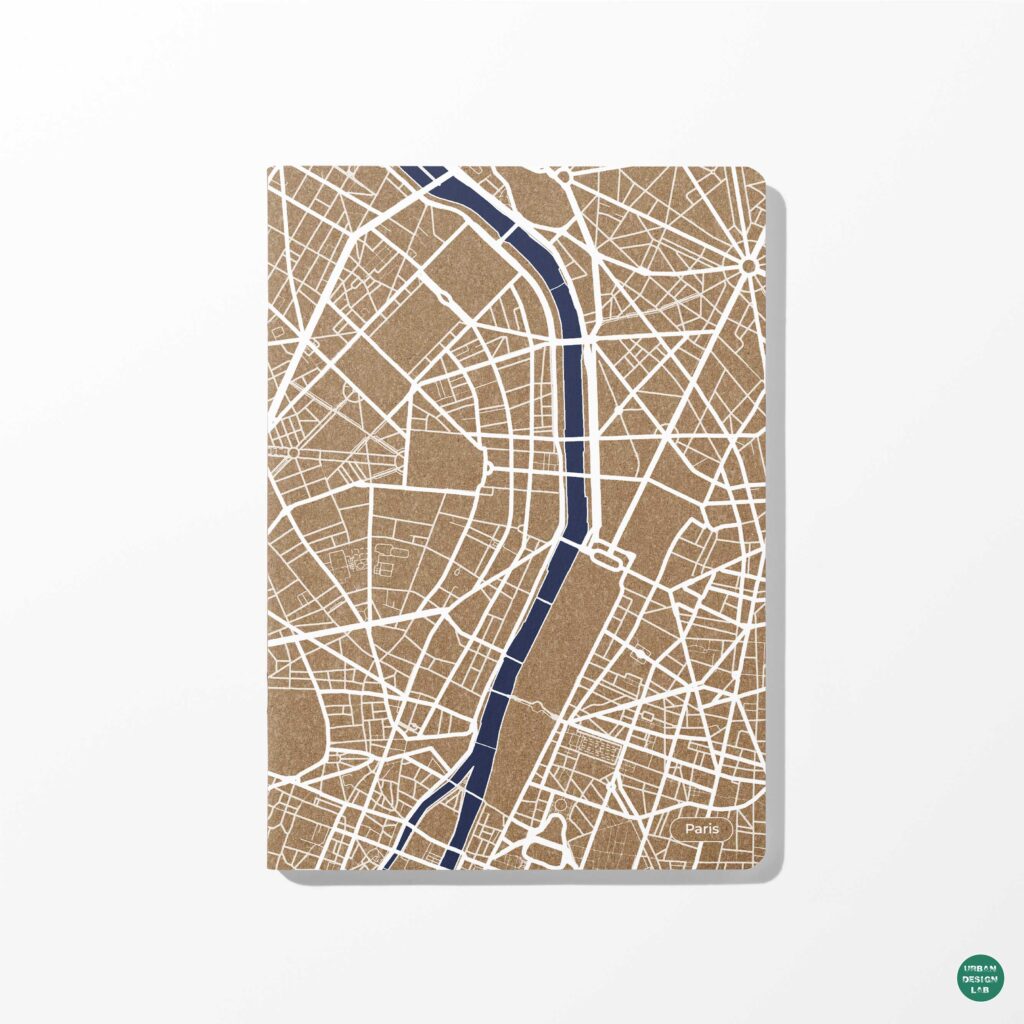

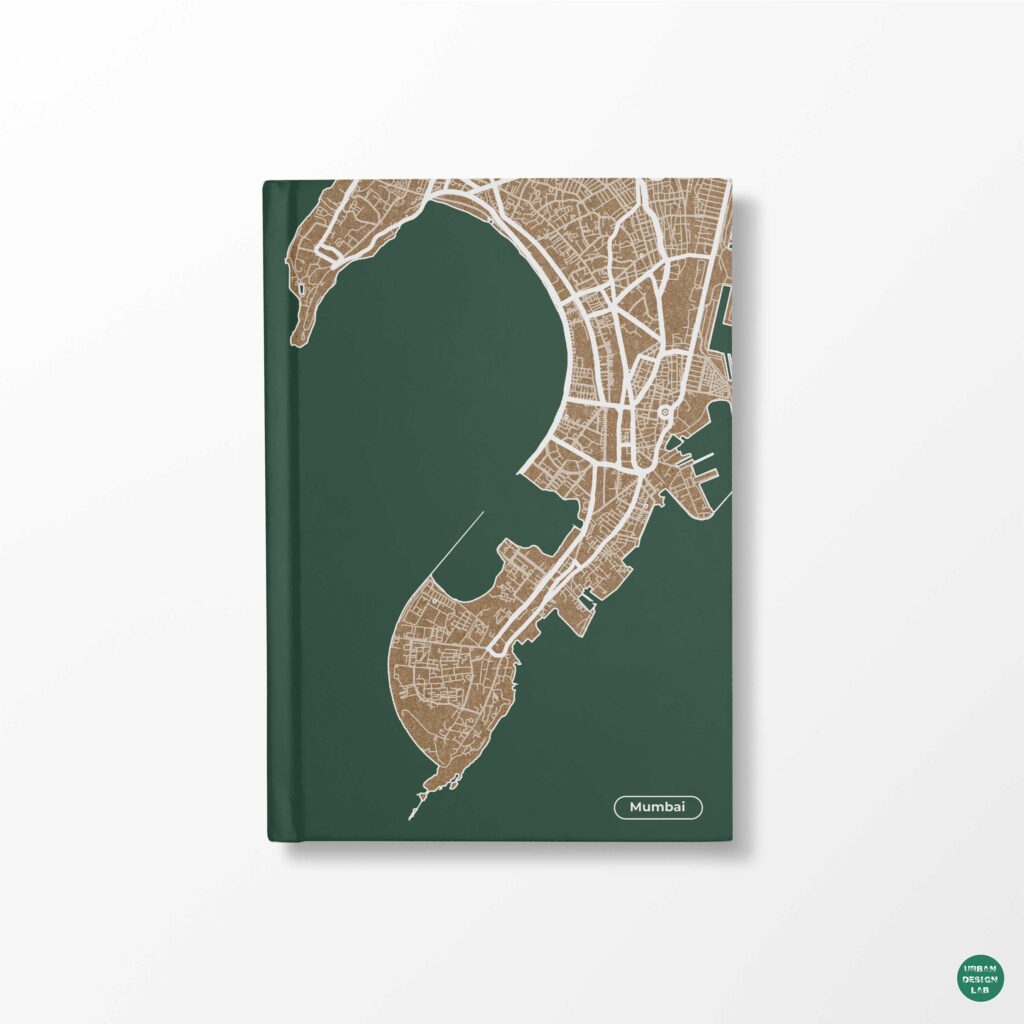
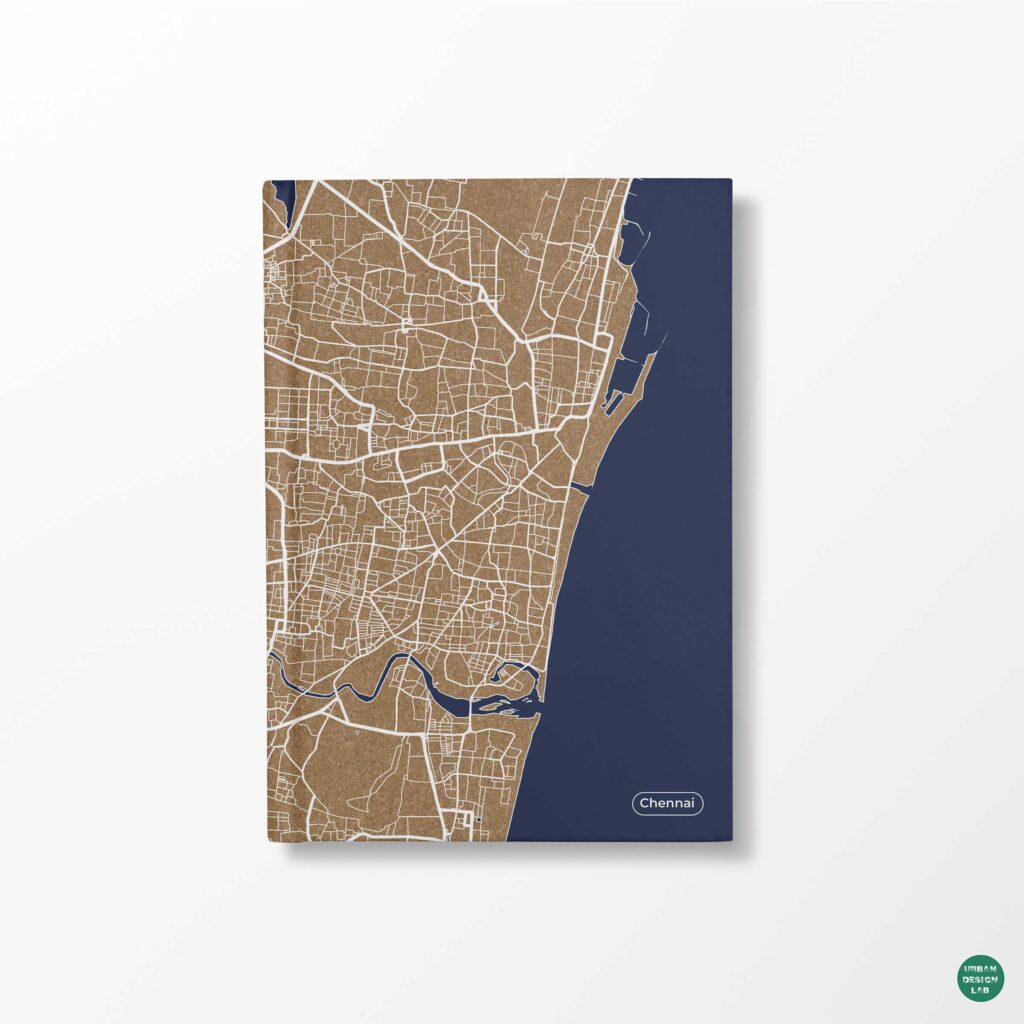
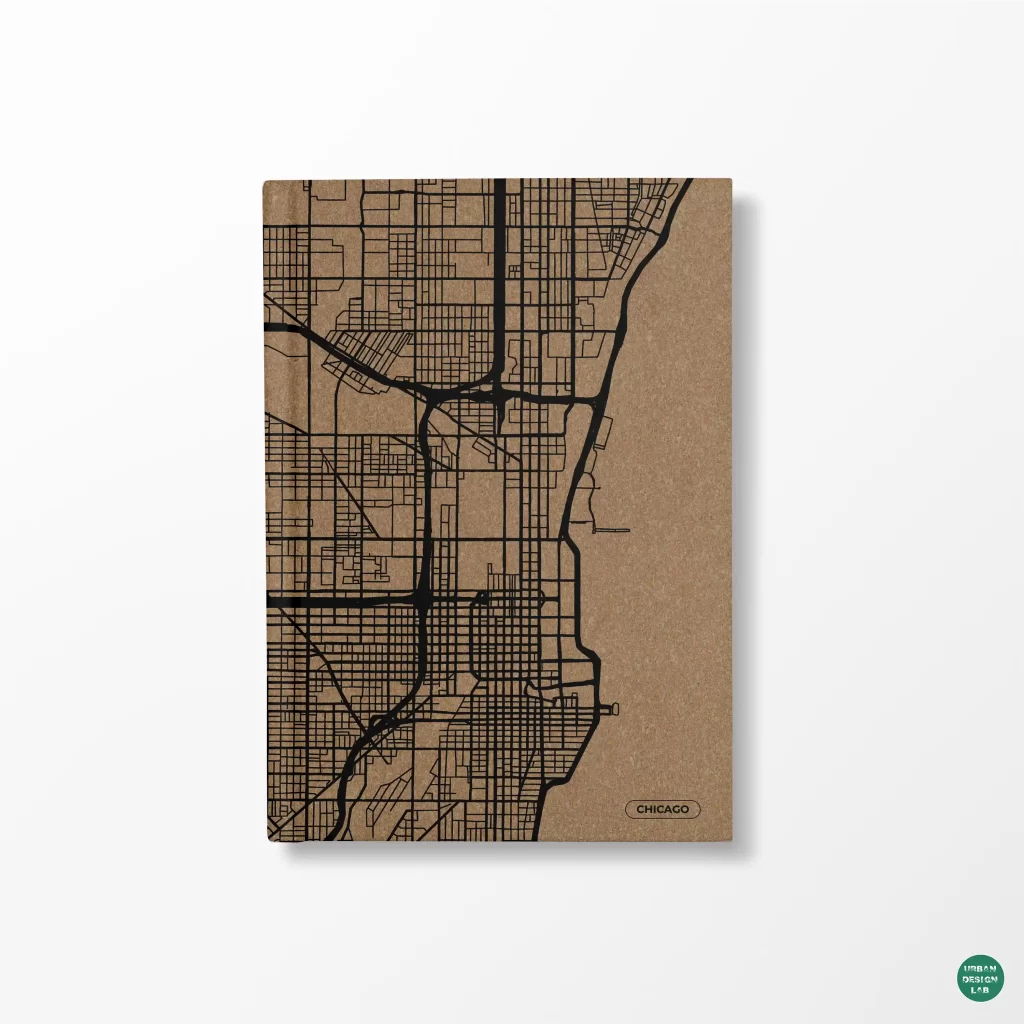
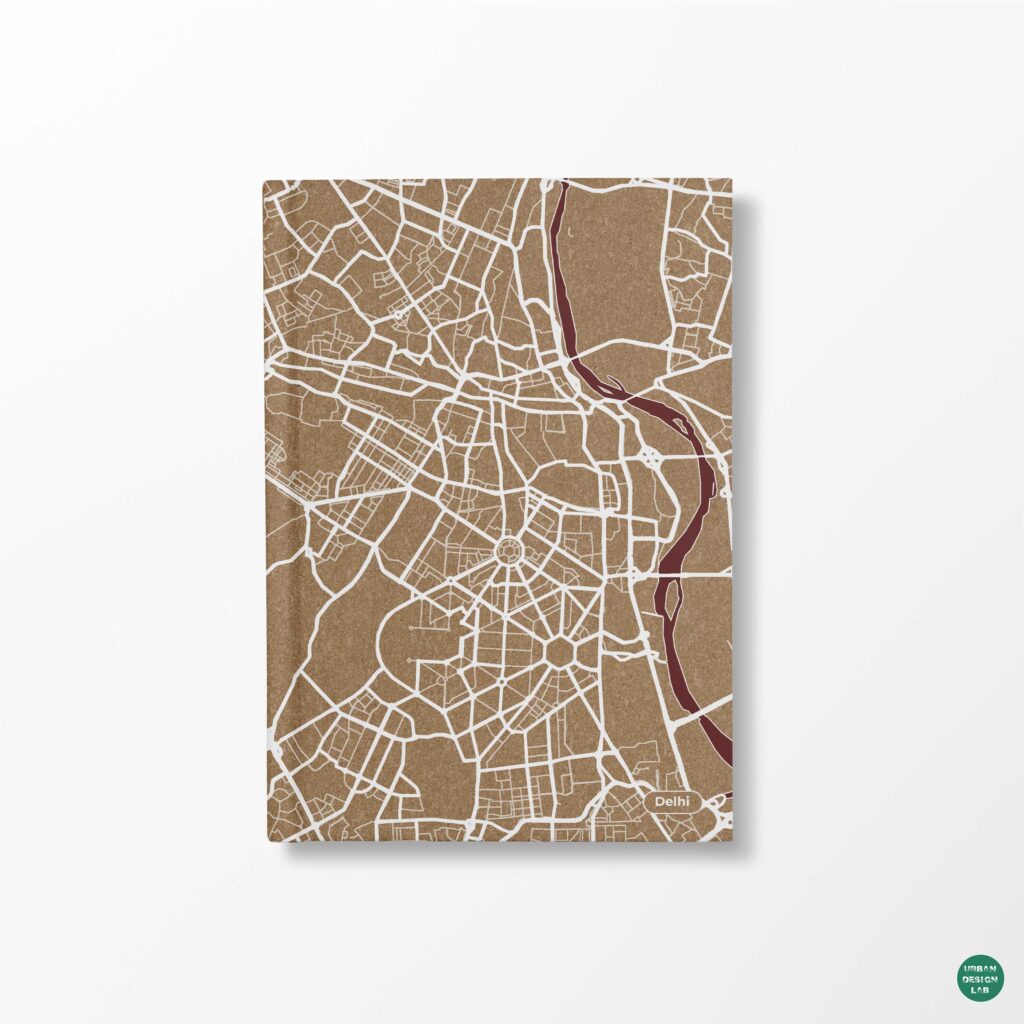
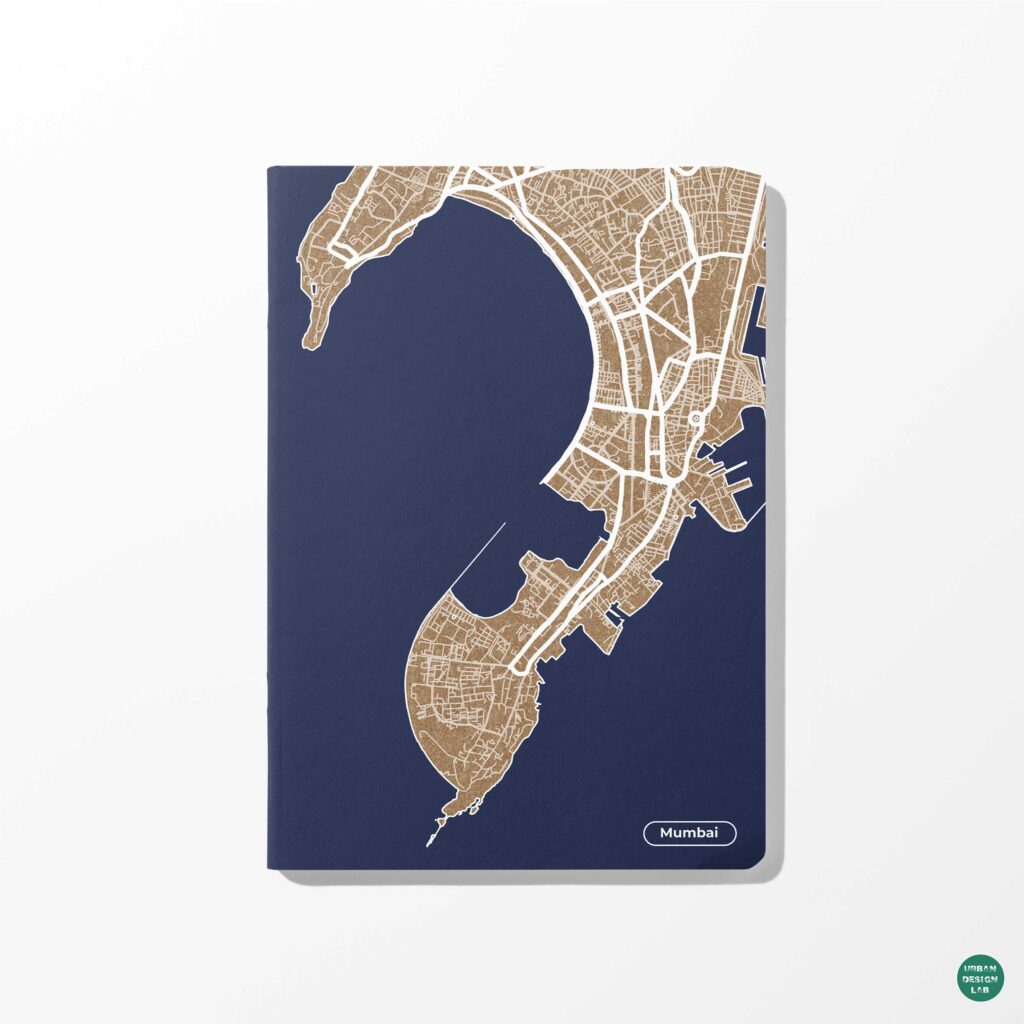

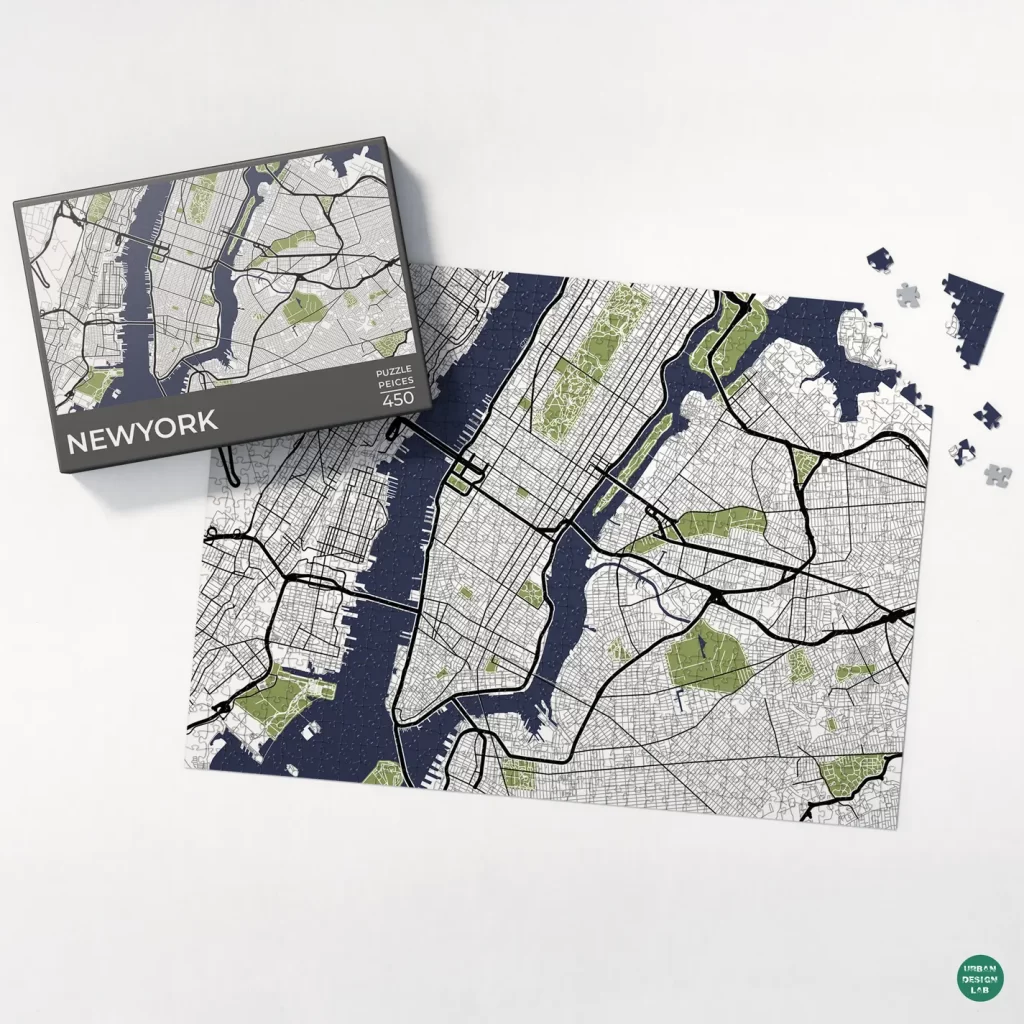
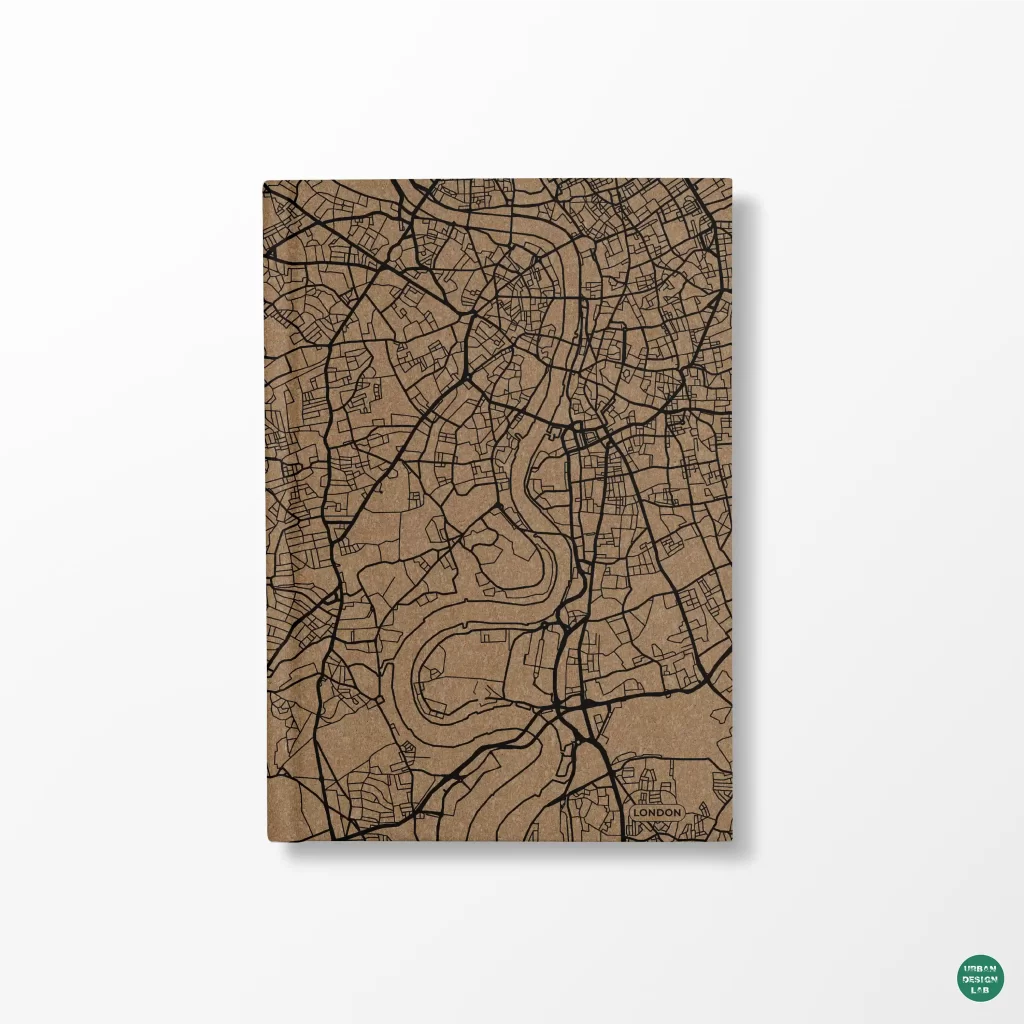
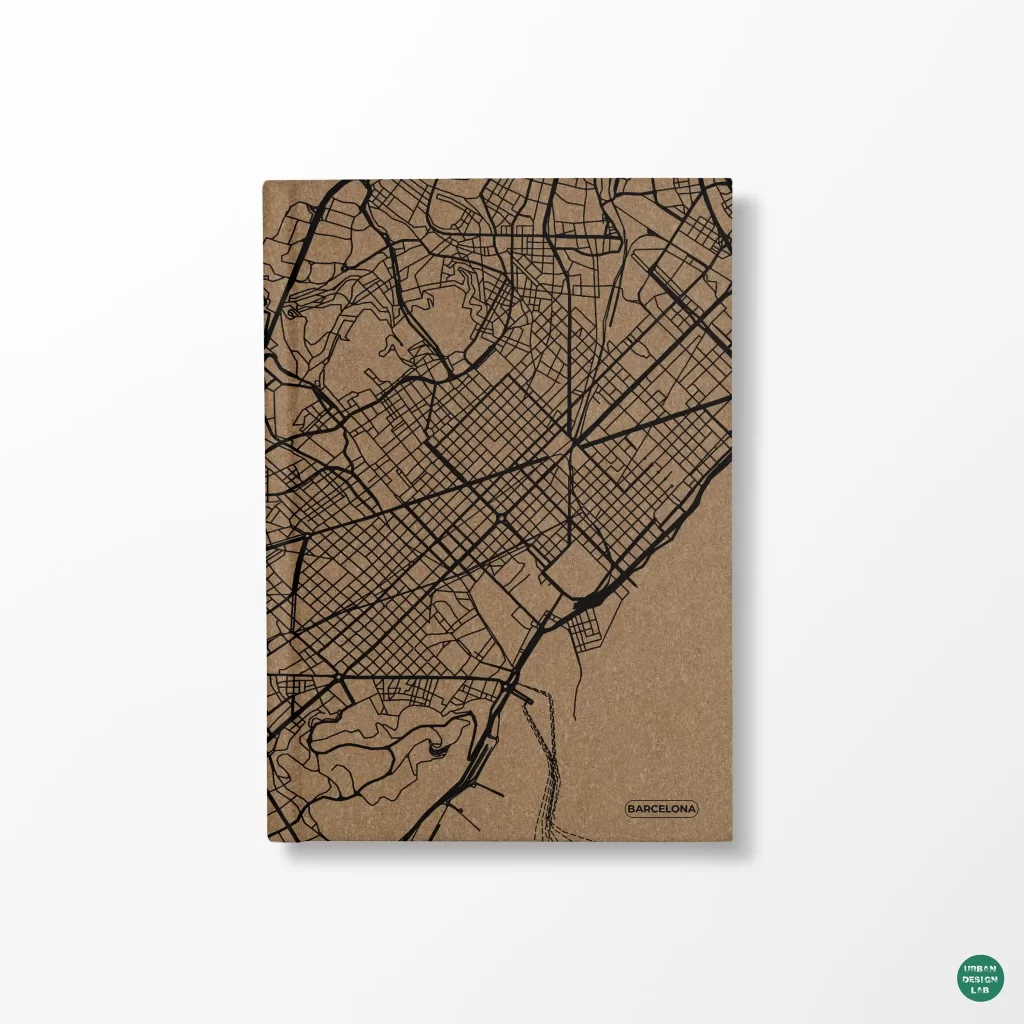
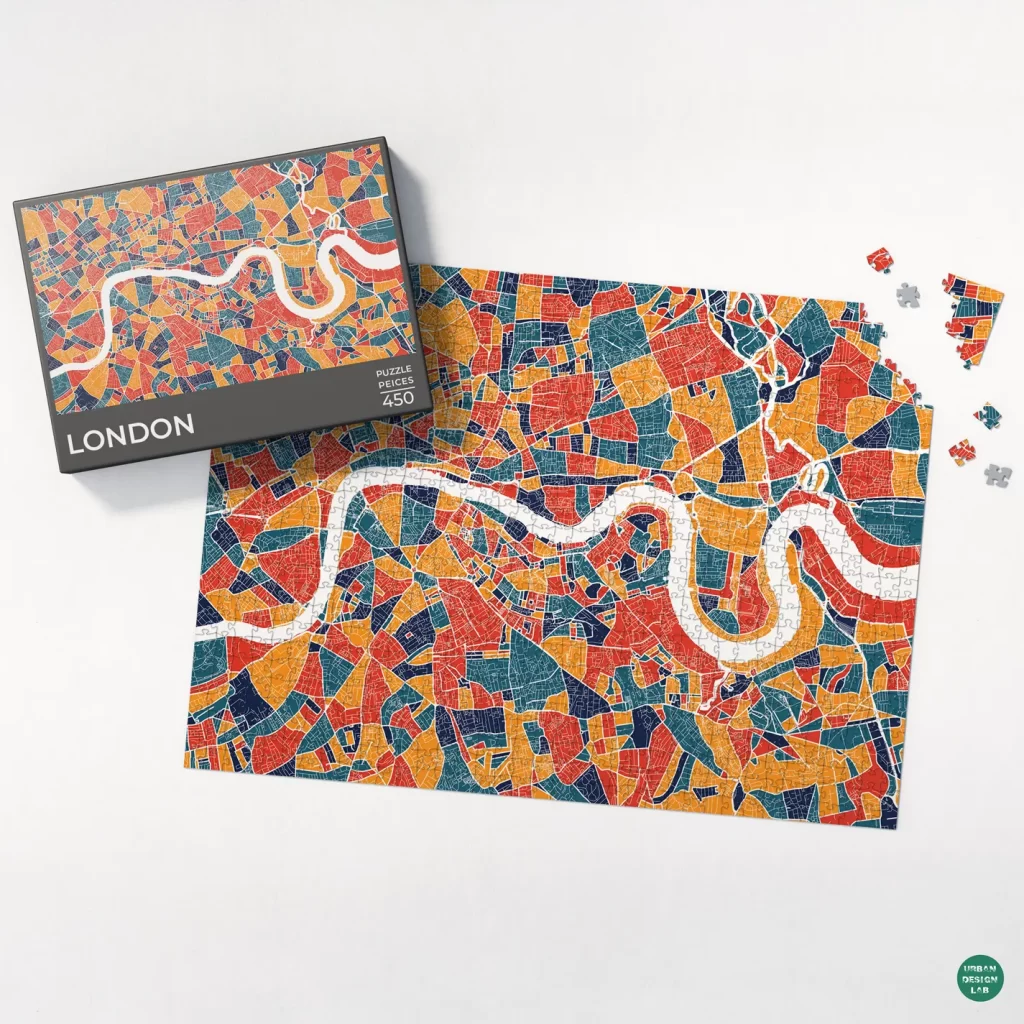
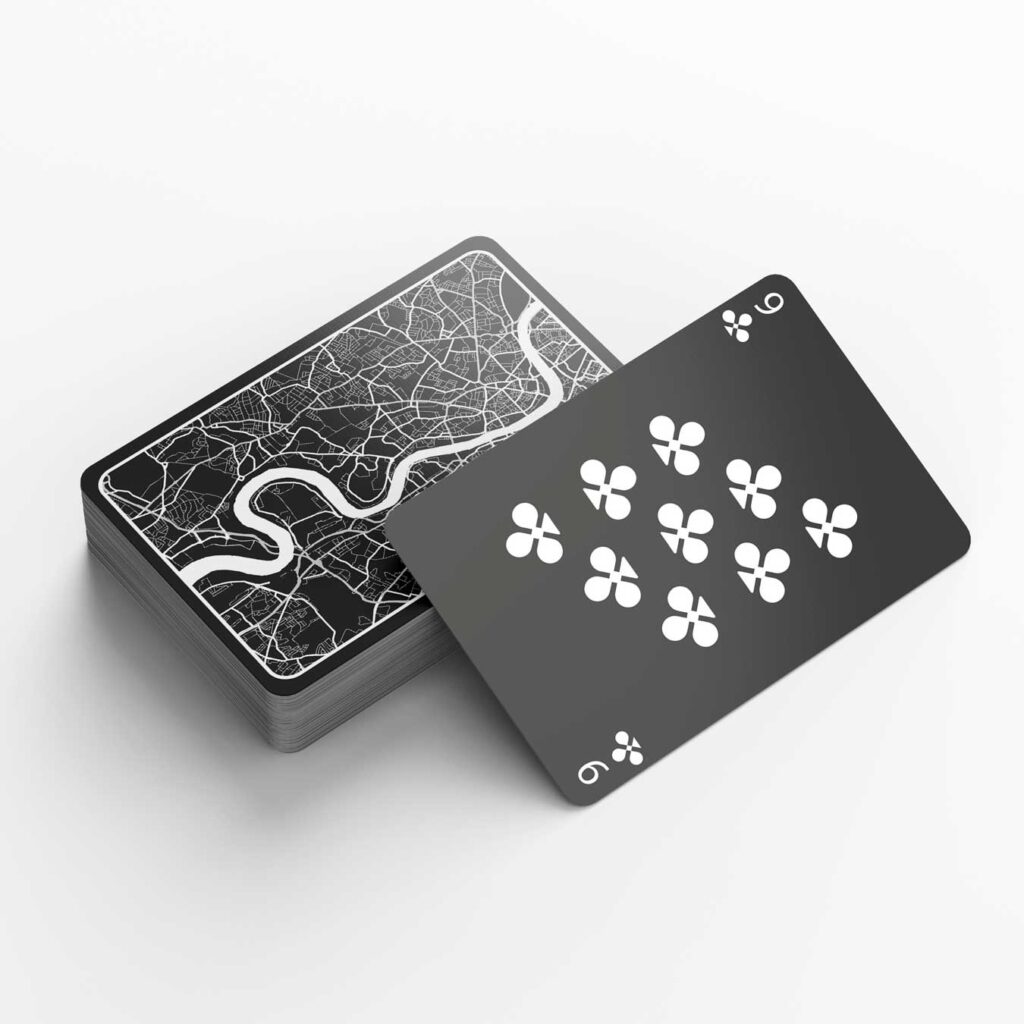
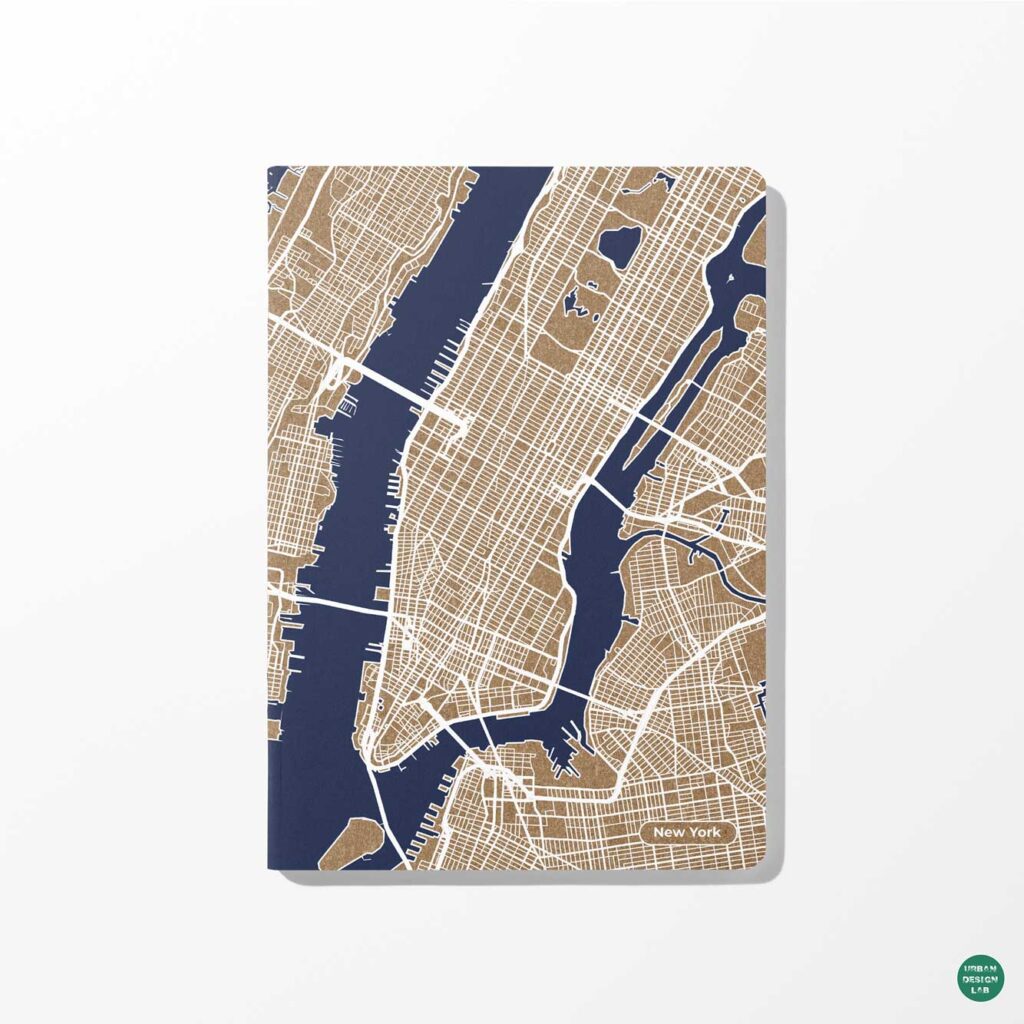


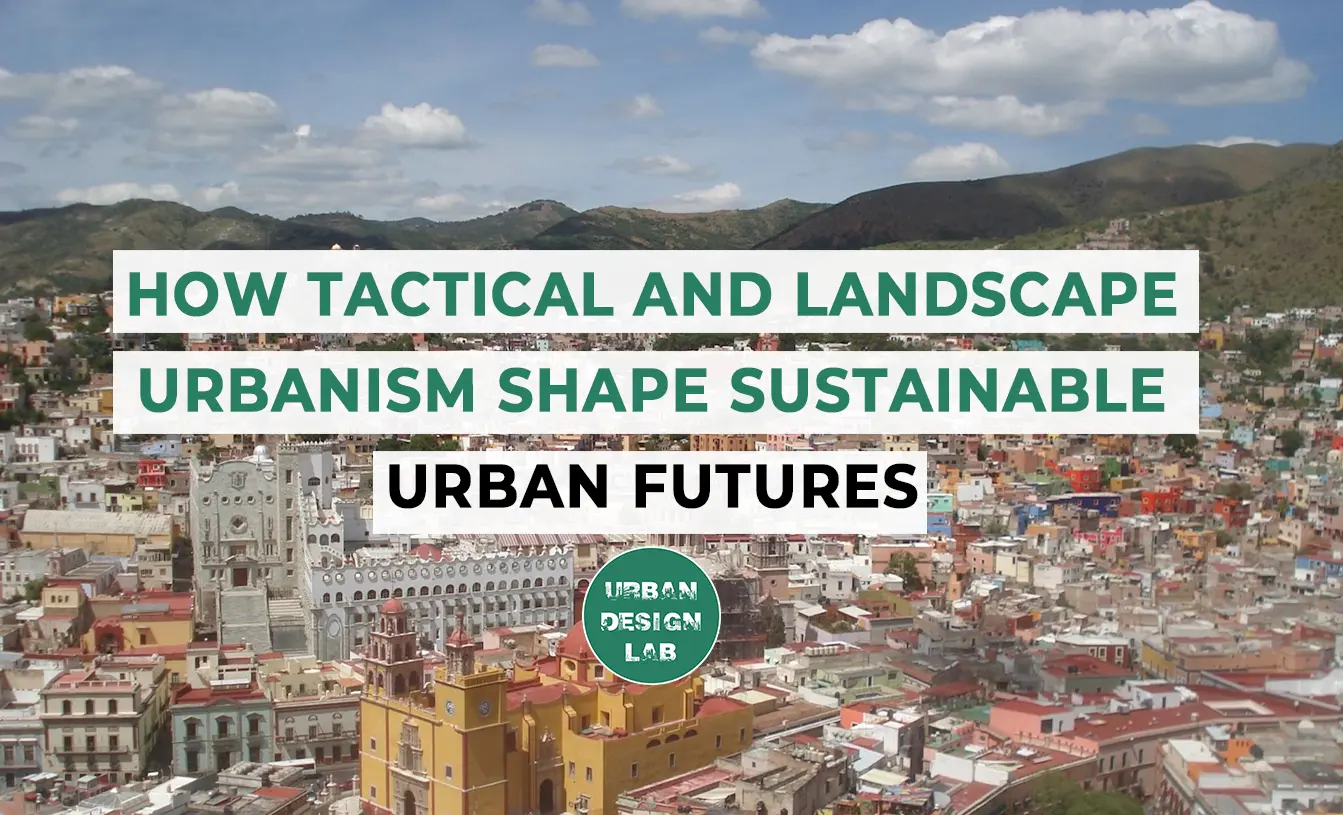
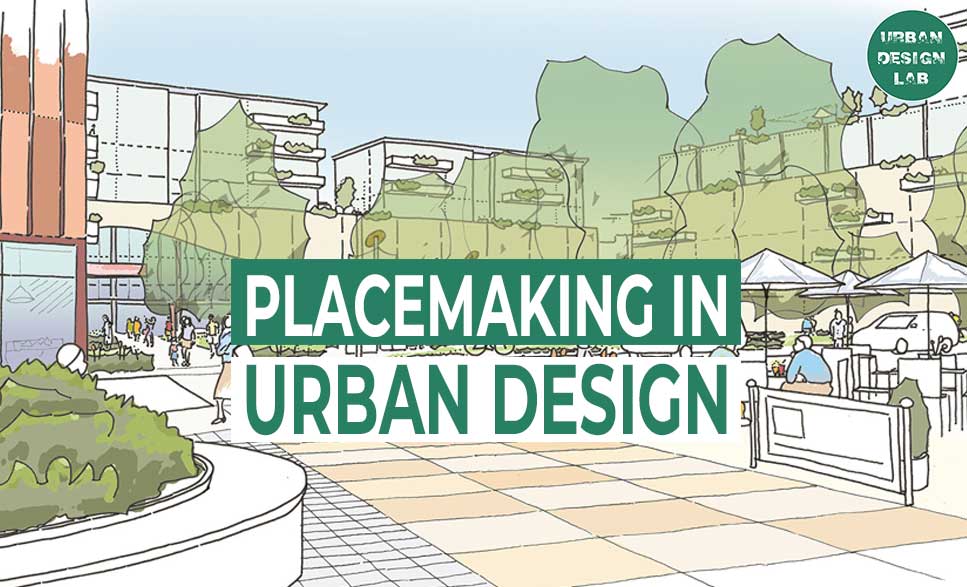
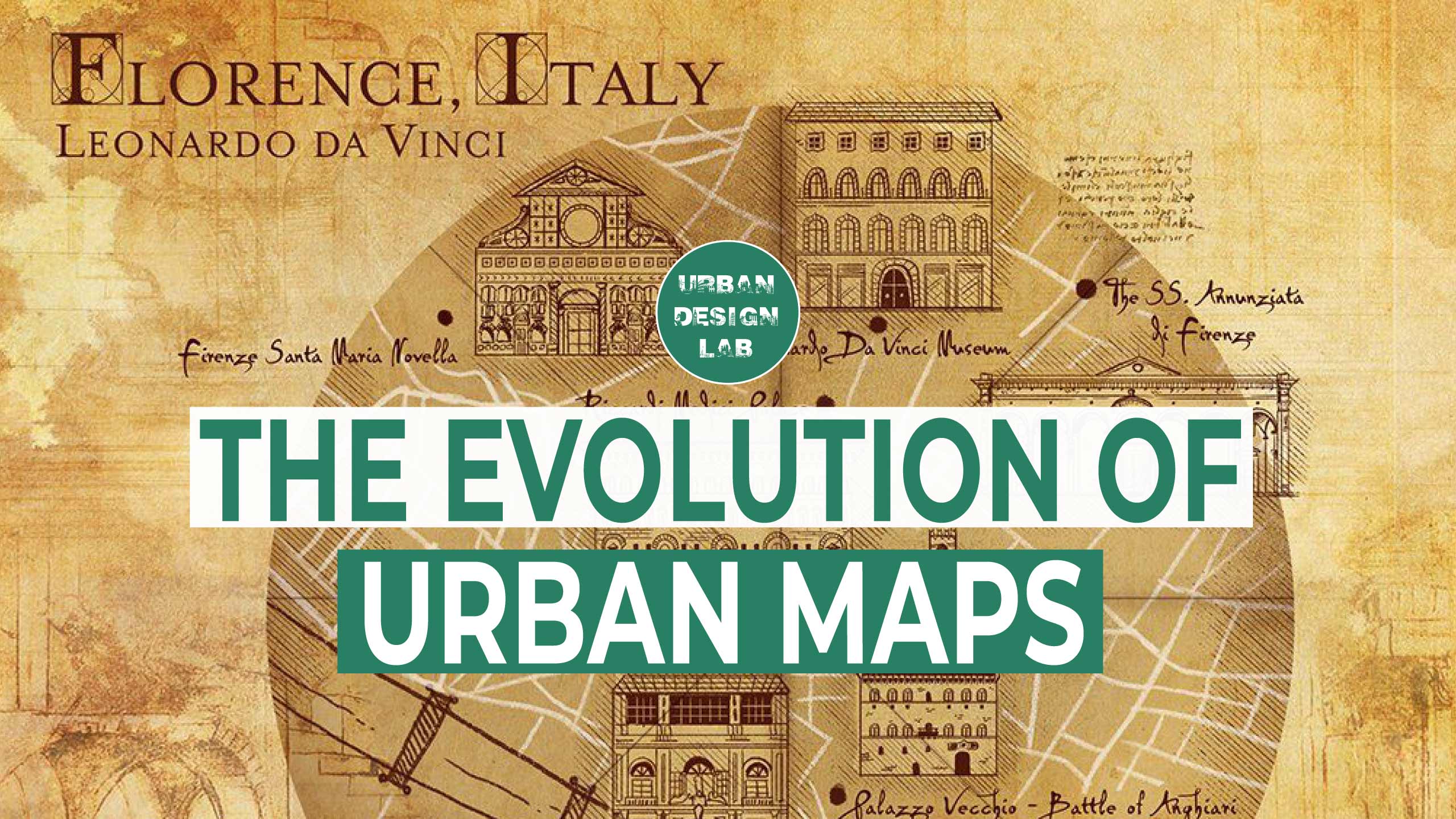

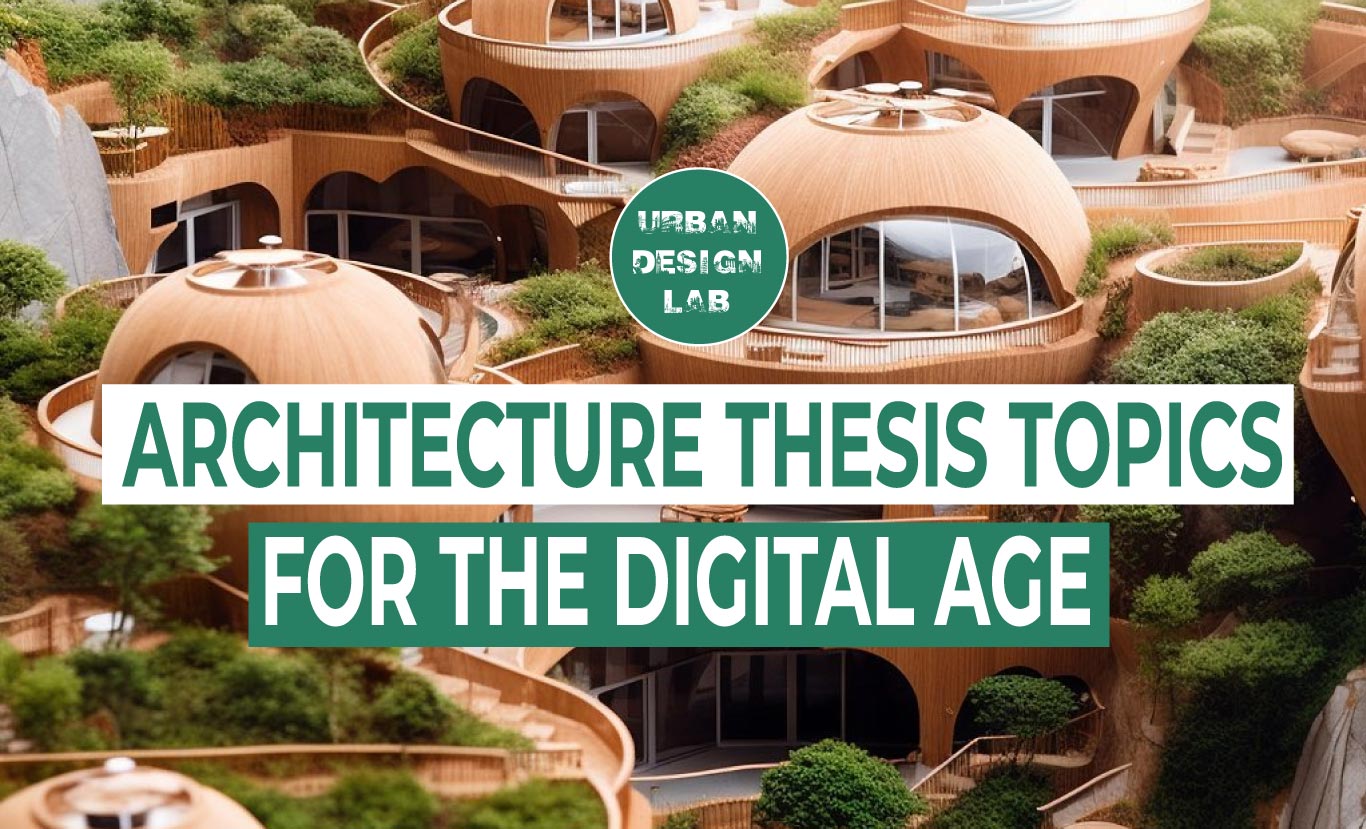
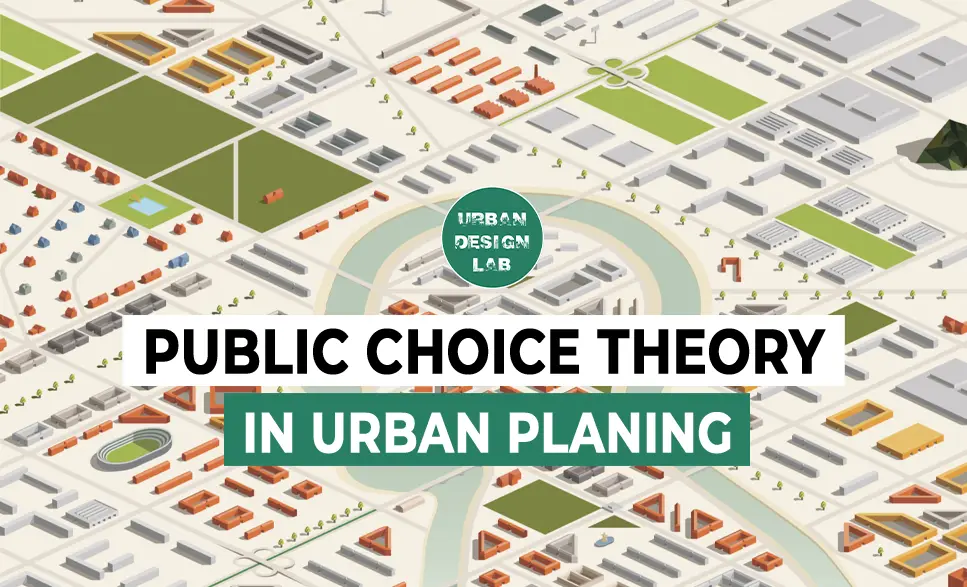

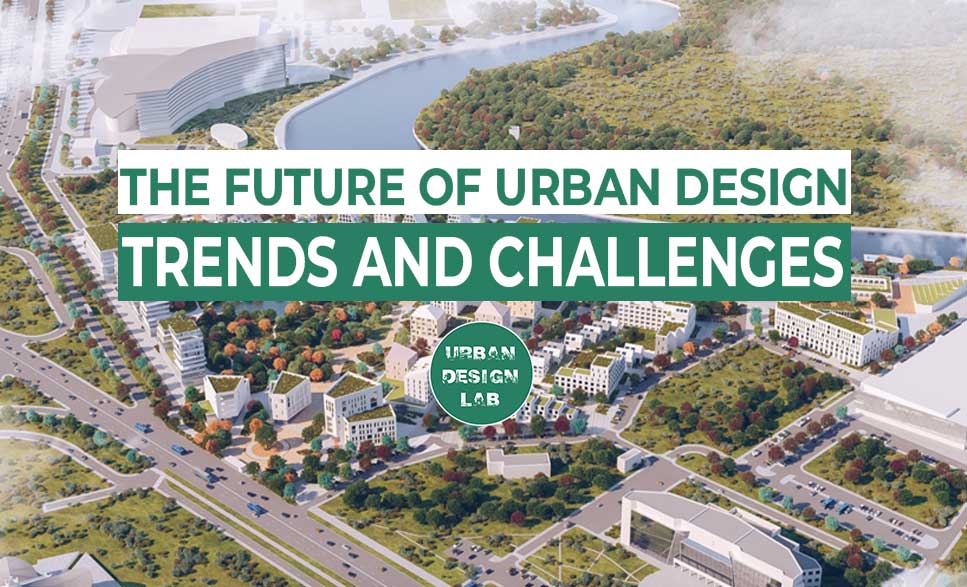
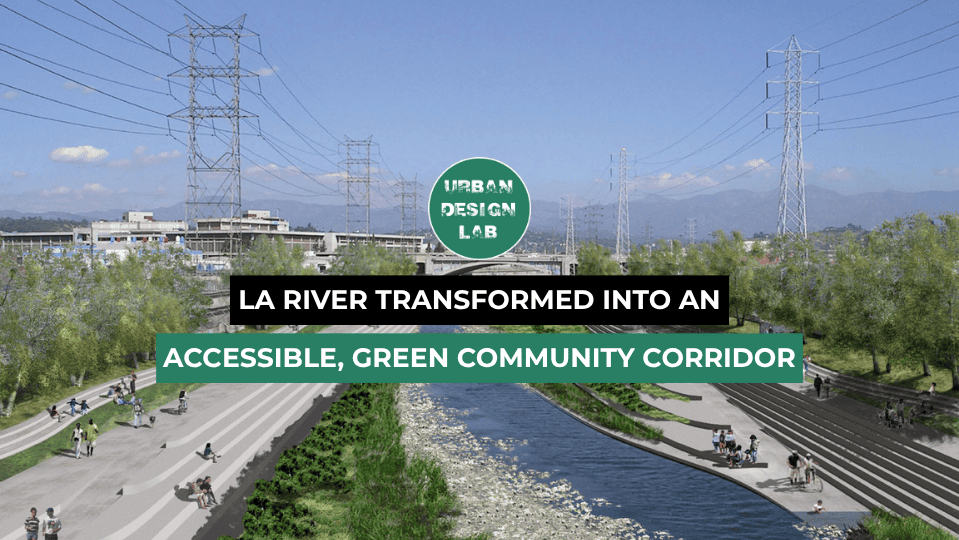

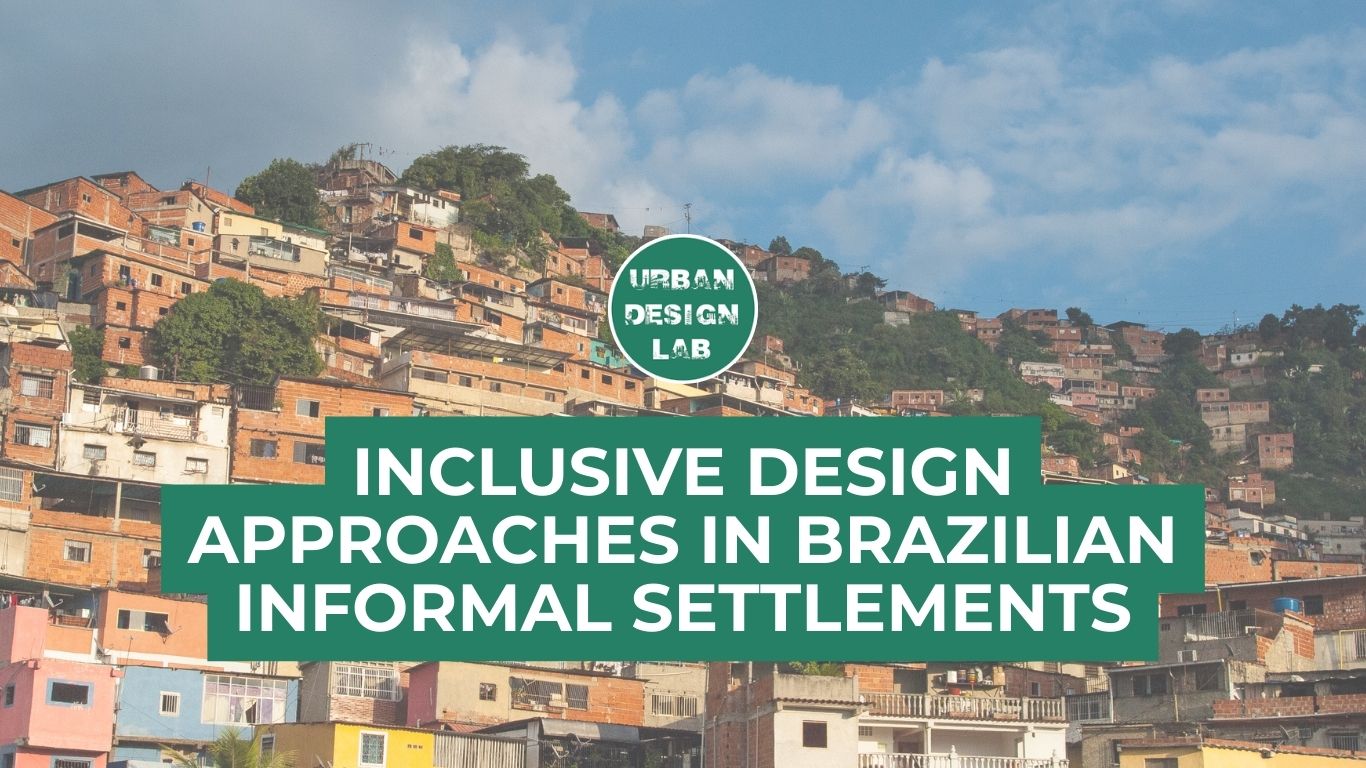

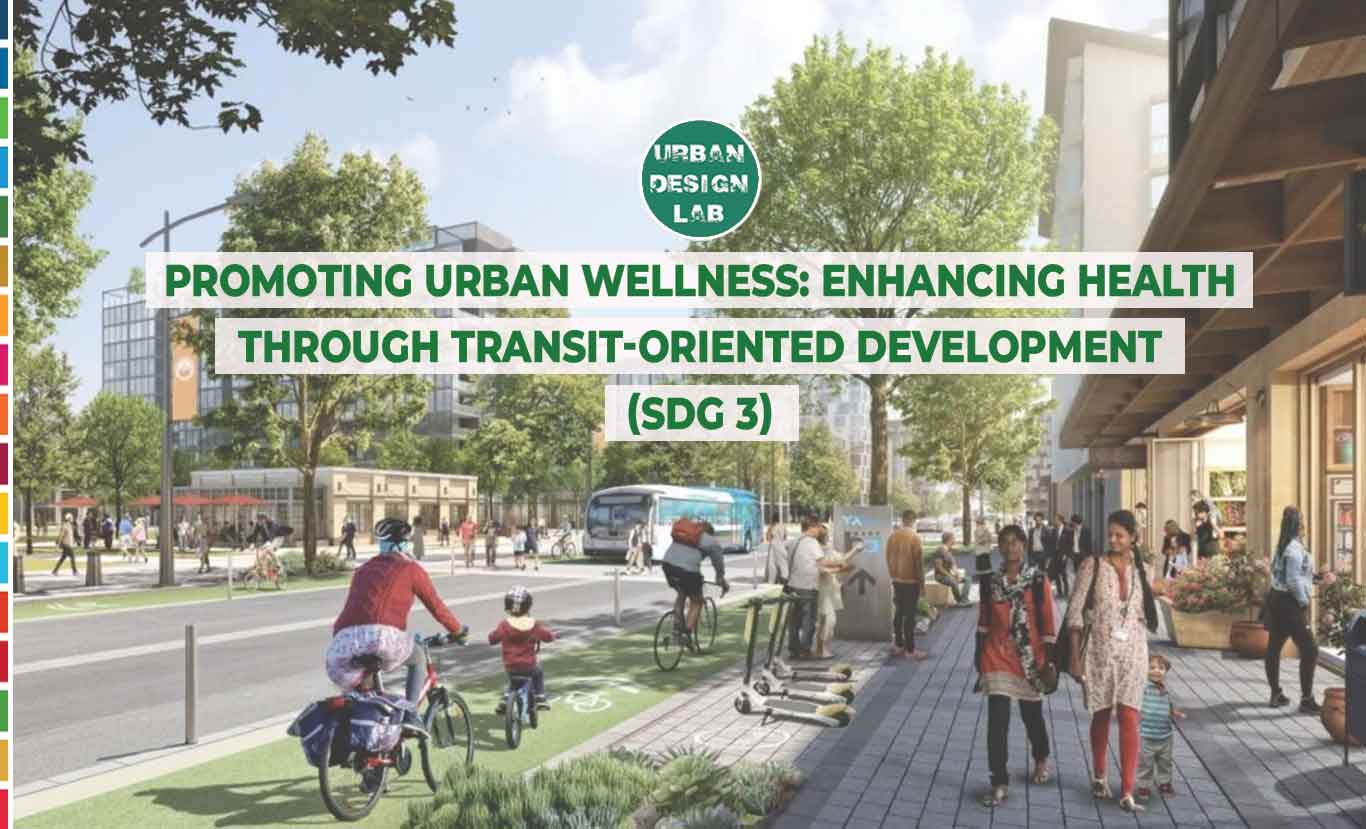
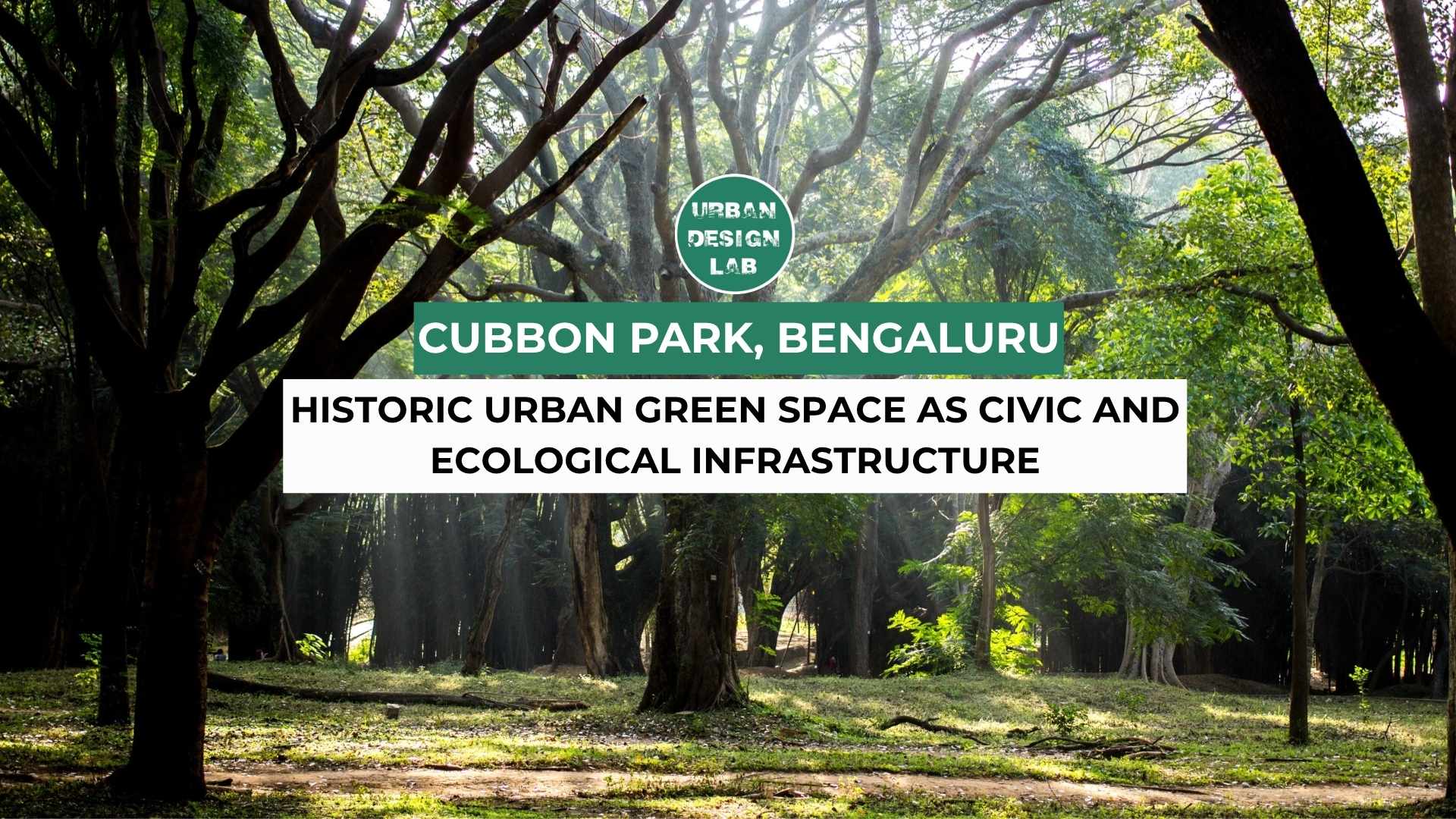

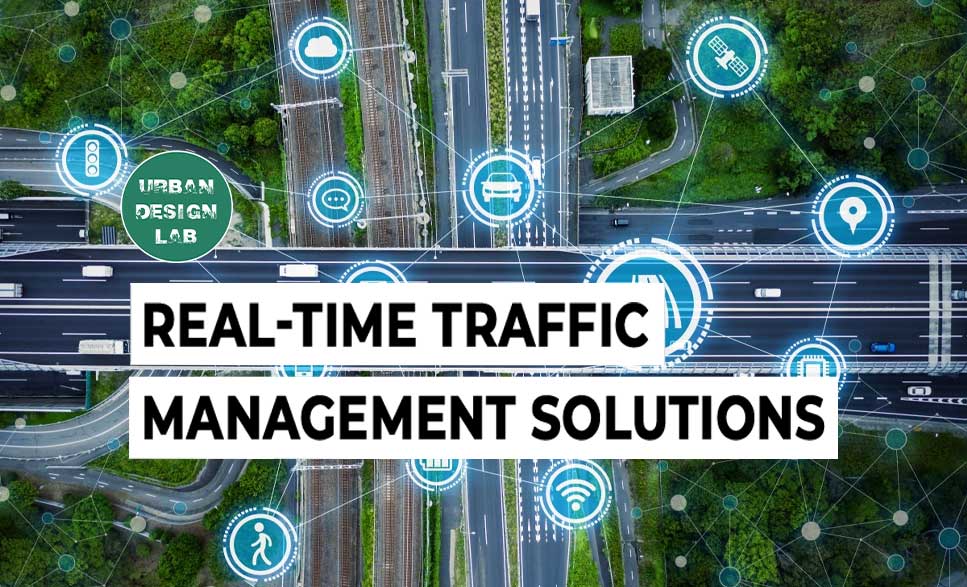

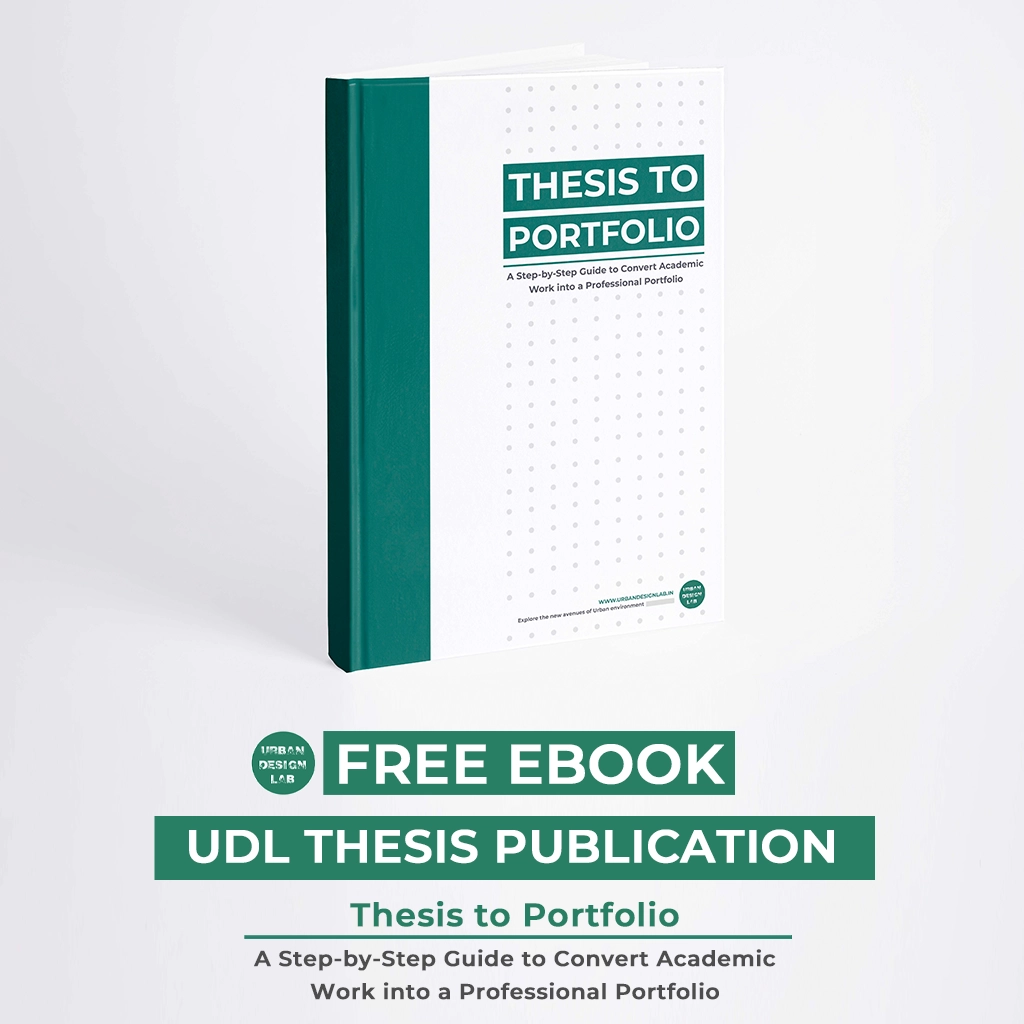
One Comment